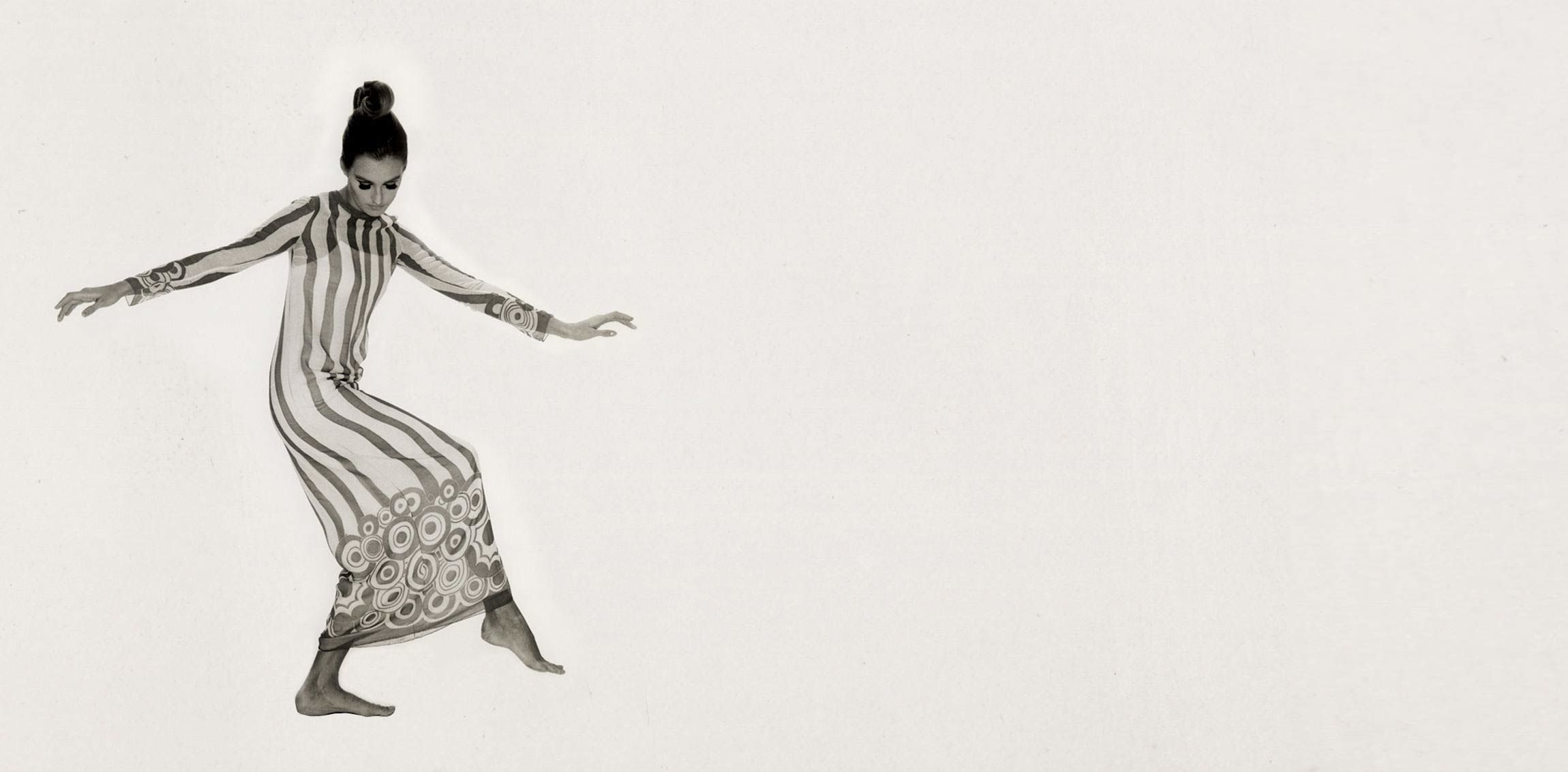Free standard shipping and returns
The beginning
1950s
1952
1957
1958
1960s
1960
1962
1965
1969
1970s
1972
1973
1974
January 1975
April 1975
1980s
1982
1983
1987
1990s
1993
1995
1997
1998
1999
2000s
2001
2005
March 2006
August 2006
2008
2009
2010s
2010
August 2011
October 2011
2012
2013
2014
March 2016
July 2016
2017
2020
2020s
2023
The beginning
Gabriella Hanoka is born in Alexandria, Egypt, into a cosmopolitan family. She marries her childhood friend Raymond Aghion in 1940 and, in 1945, the young couple move to Paris.
1950s
“I designed a small collection and hired a skilled seamstress who had worked in haute couture. I went to source the buttons, the fabrics myself … I was sticking my neck out. Soon I was carried away; it was like a tornado!” — Gaby Aghion
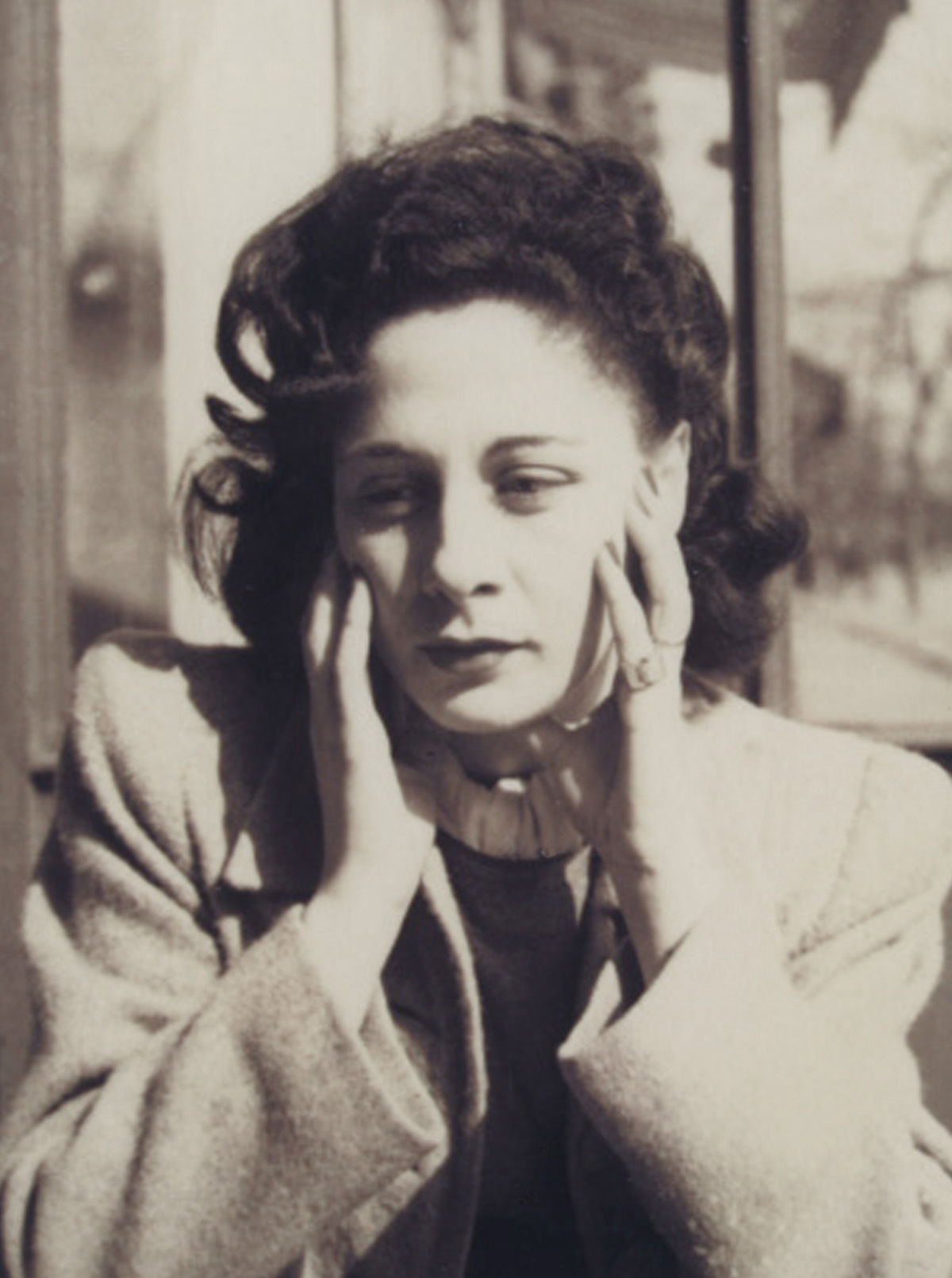
1952
Gaby Aghion designs her first collection and the story of Chloé, one of the first luxury ready-to-wear houses, begins. An alternative to the stiff formality of haute couture, Chloé offers an elegant and modern wardrobe with relaxed silhouettes in high-quality fabrics and refined details.
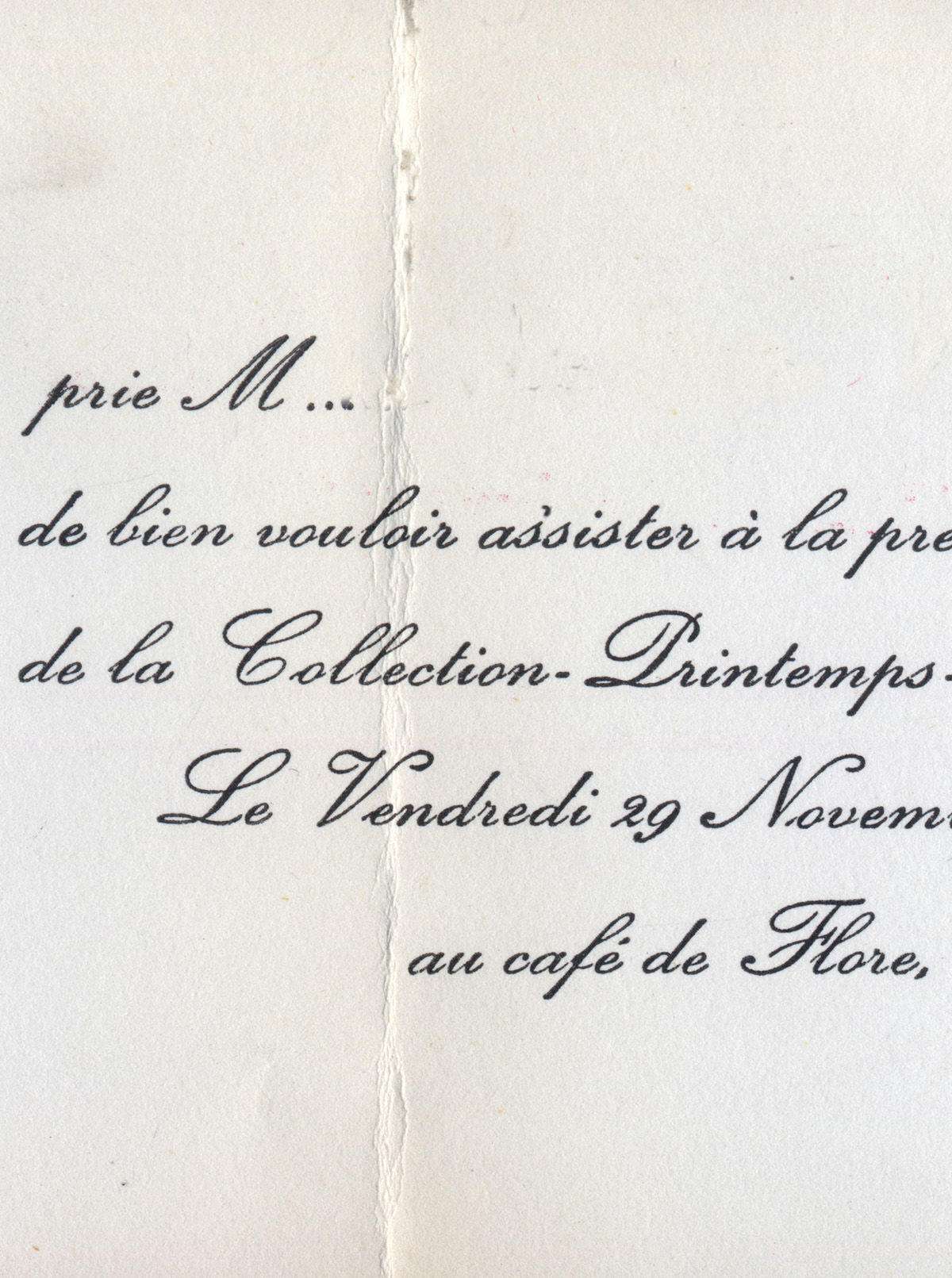
1957
Gaby Aghion organises Chloé’s first fashion show for the Spring-Summer 1958 collection at the renowned artist’s haunt, Café de Flore. From then on and until the mid-1960s, Chloé’s youthful and spirited fashion shows are held at other Left Bank cafés, the same venues that were the backdrop to the counter-cultural revolution of the day.
“The Chloé show was held in the Closerie des Lilas, a famous literary café. The press sits around tables drinking café au lait ... while the models weave in and out of the tables.” — The New York Times
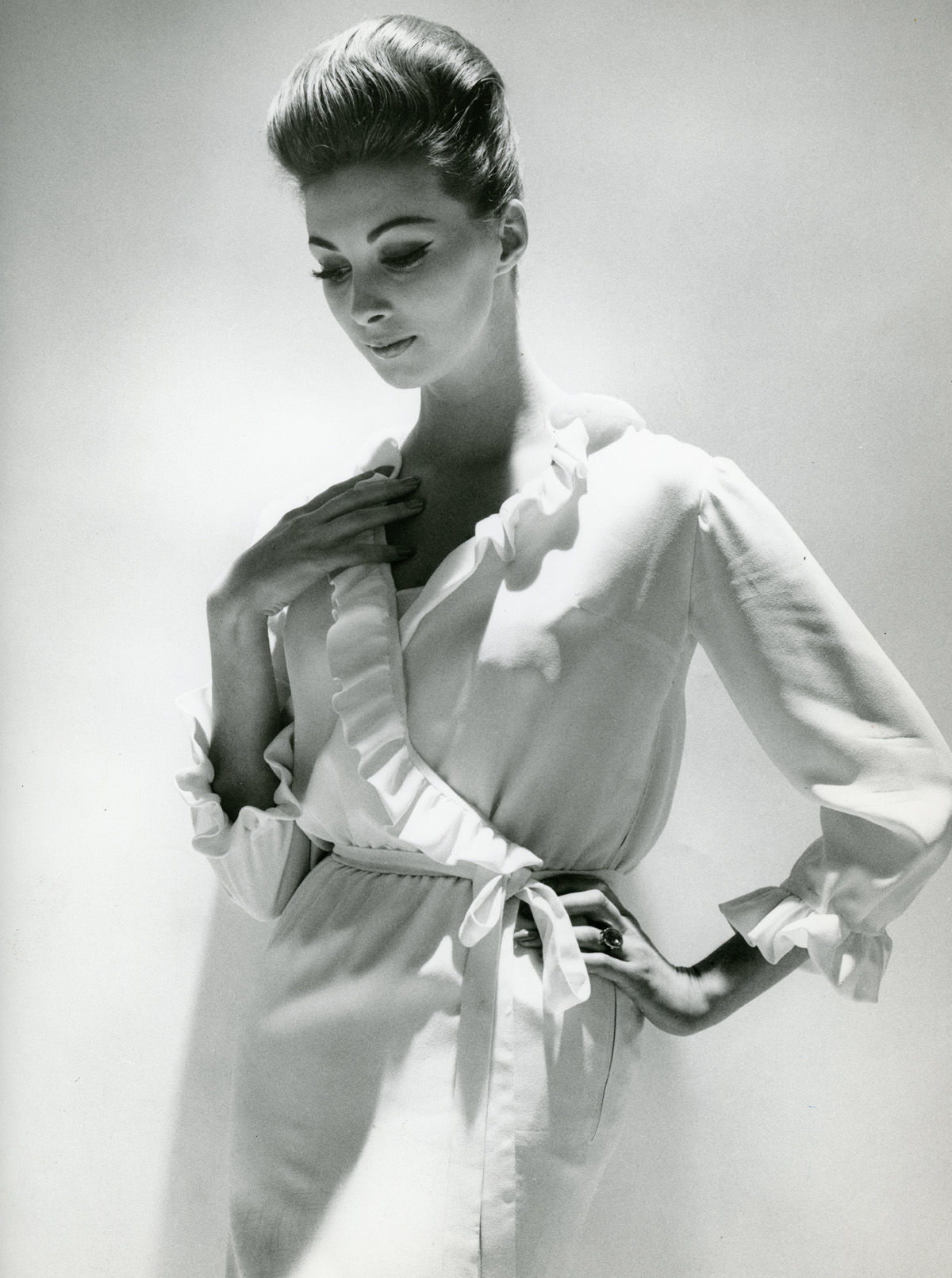
1958
Gérard Pipart is the first young designer hired by Gaby Aghion. From 1958 onwards, the names of each of the Chloé garments follow the alphabet, a tradition that remains until 1987. It is re-introduced again with the accessories collection in 2012 by creative director Clare Waight Keller.
1960s
“I have a gift for recognising talent in others.” — Gaby Aghion
As defined by founder Gaby Aghion, Chloé’s romantic, cool and glamorous designs personify the aspirations of young women and are met with huge success. In the 1960s, Gaby entrusts a new generation of young talents: Gérard Pipart, Maxime de La Falaise, Michèle Rosier, Graziella Fontana and Karl Lagerfeld, to carry on her vision. These personalities work alongside each other and blossom under Gaby Aghion’s artistic direction.
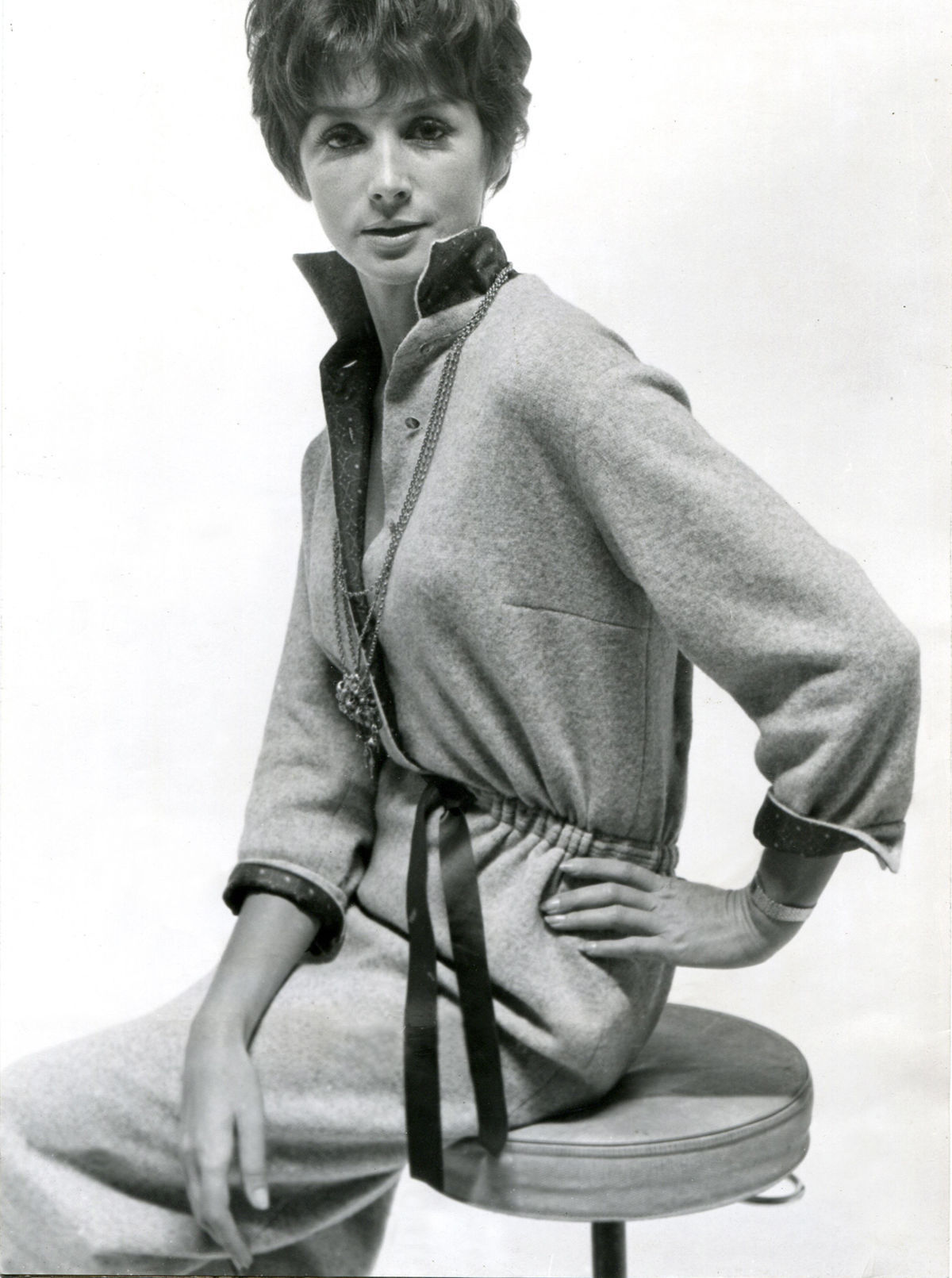
1960
Gaby Aghion and Maxime de La Falaise design an iconic shirt-dress called, Embrun.
“Designing a dress like that, like a t-shirt, was very modern. This dress had a tremendous success because it said, ‘I am carefree’.” — Gaby Aghion
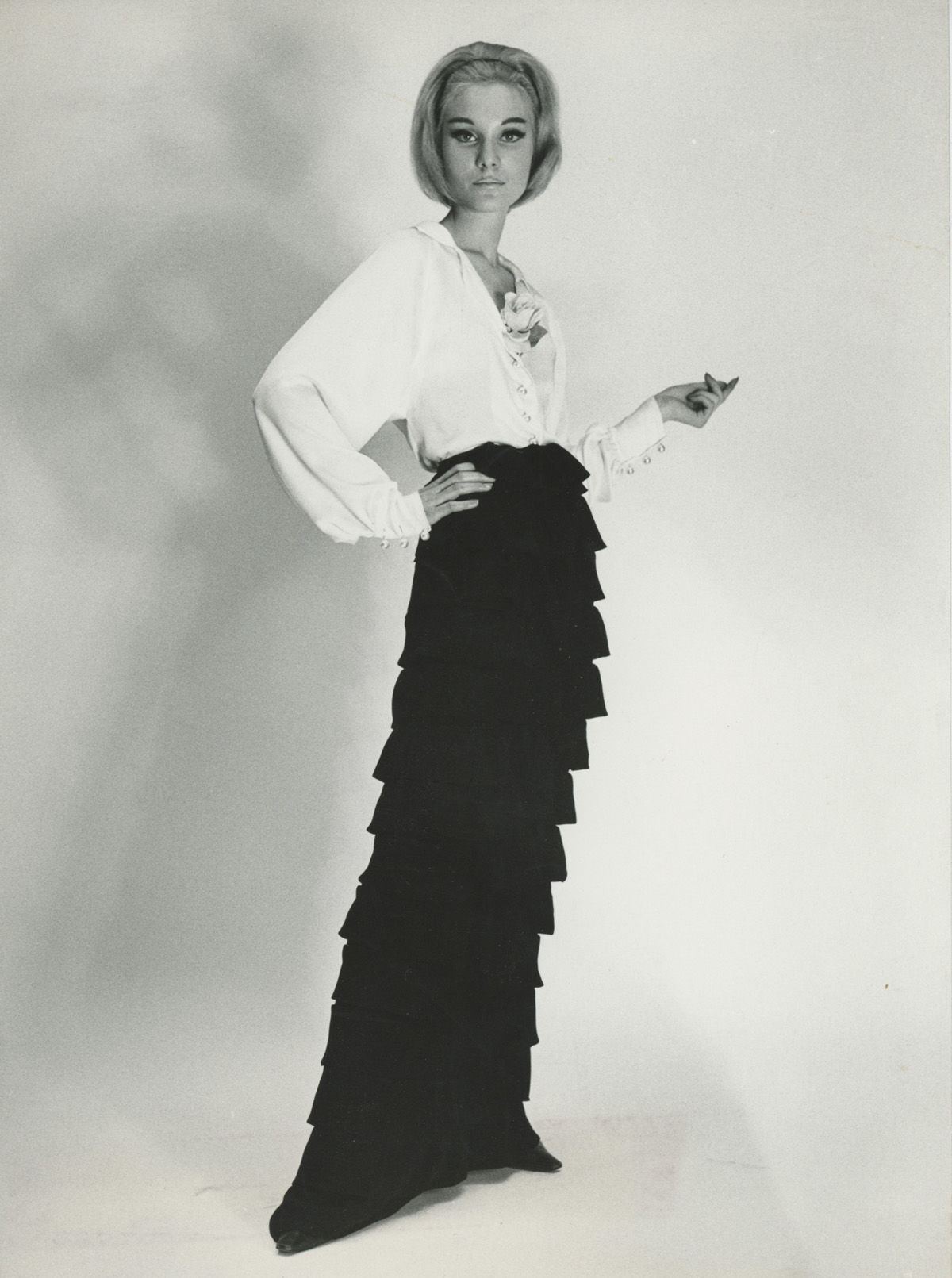
1962
In the early 1960s, the iconic silk blouse is introduced. The style becomes an essential part of the Chloé wardrobe and attitude.
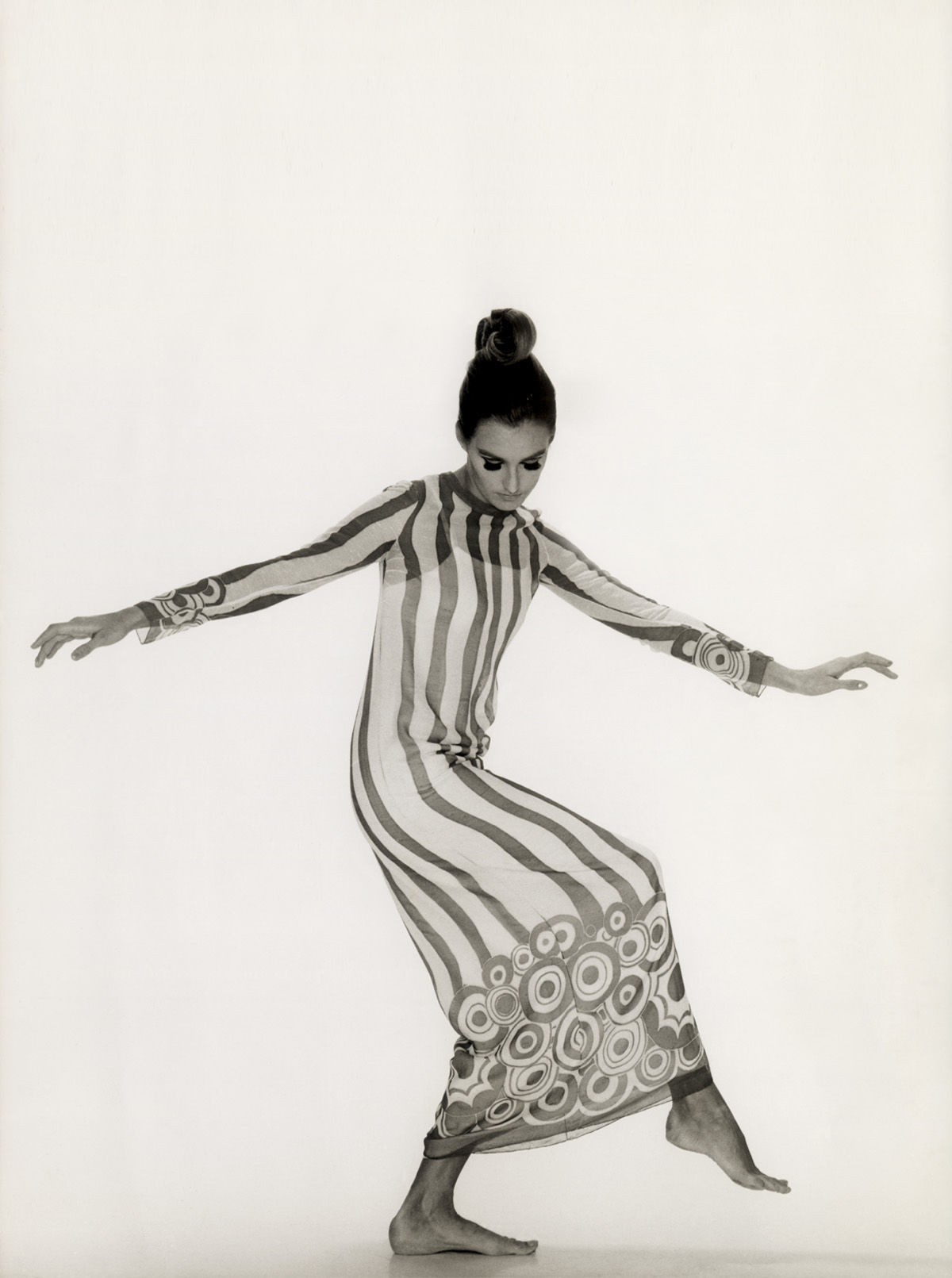
1965
In 1965, a year after his arrival at Chloé, Karl Lagerfeld designs the Tertulia dress for Spring-Summer 1966. The hand-painted art nouveau-inspired motifs set the tone for Chloé’s elegant take on bohemian chic.
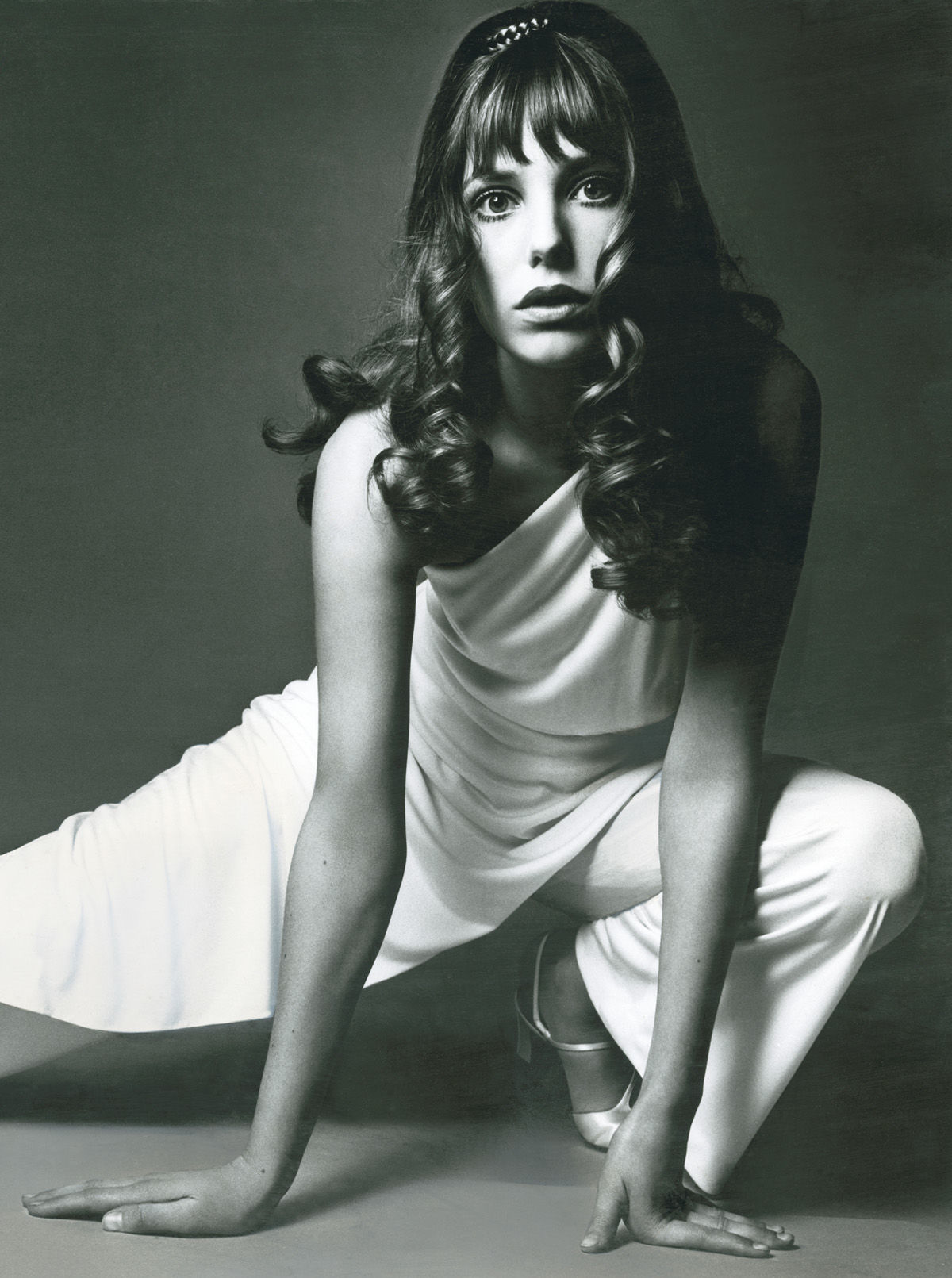
1969
In the mid-1960s, Chloé introduces loose silk trousers that glide over the skin. These pants embody a new brand of relaxed elegance, and establish the on-going tension between the feminine and the masculine in the Chloé attitude.
Photograph by Guy Bourdin
1970s
Karl Lagerfeld proves to be a prolific talent and emerges as Chloé’s sole designer during this period (from 1974 onwards). The 1970s is marked by his soft and flou silk dresses, which celebrate a feminine and carefree romanticism with delicate lace inserts.
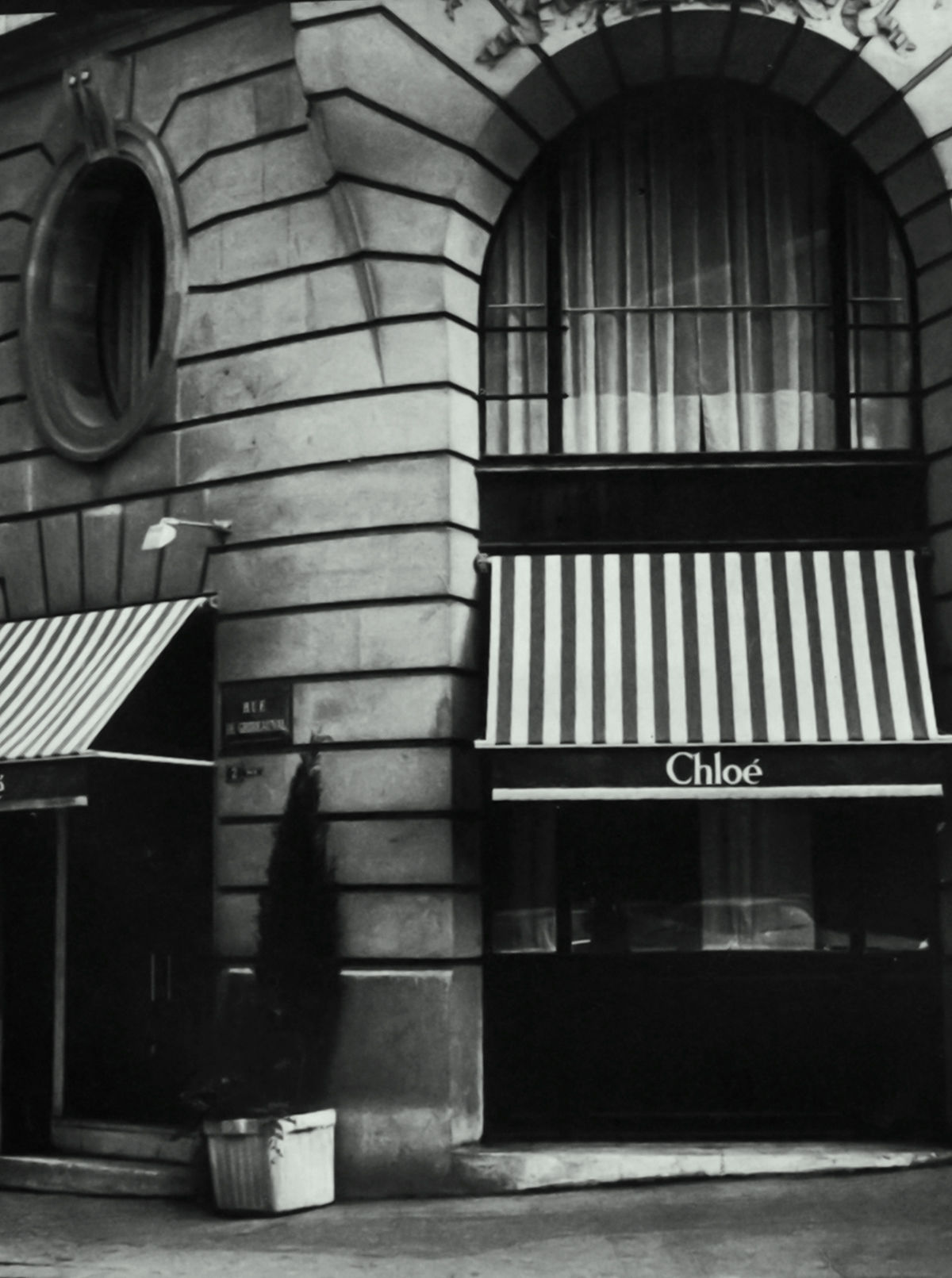
1972
The first Chloé boutique opens at the corner of rue du Bac and rue de Gribeauval, in Paris’s chic 7th arrondissement.
Photograph by Alexis Stroukoff
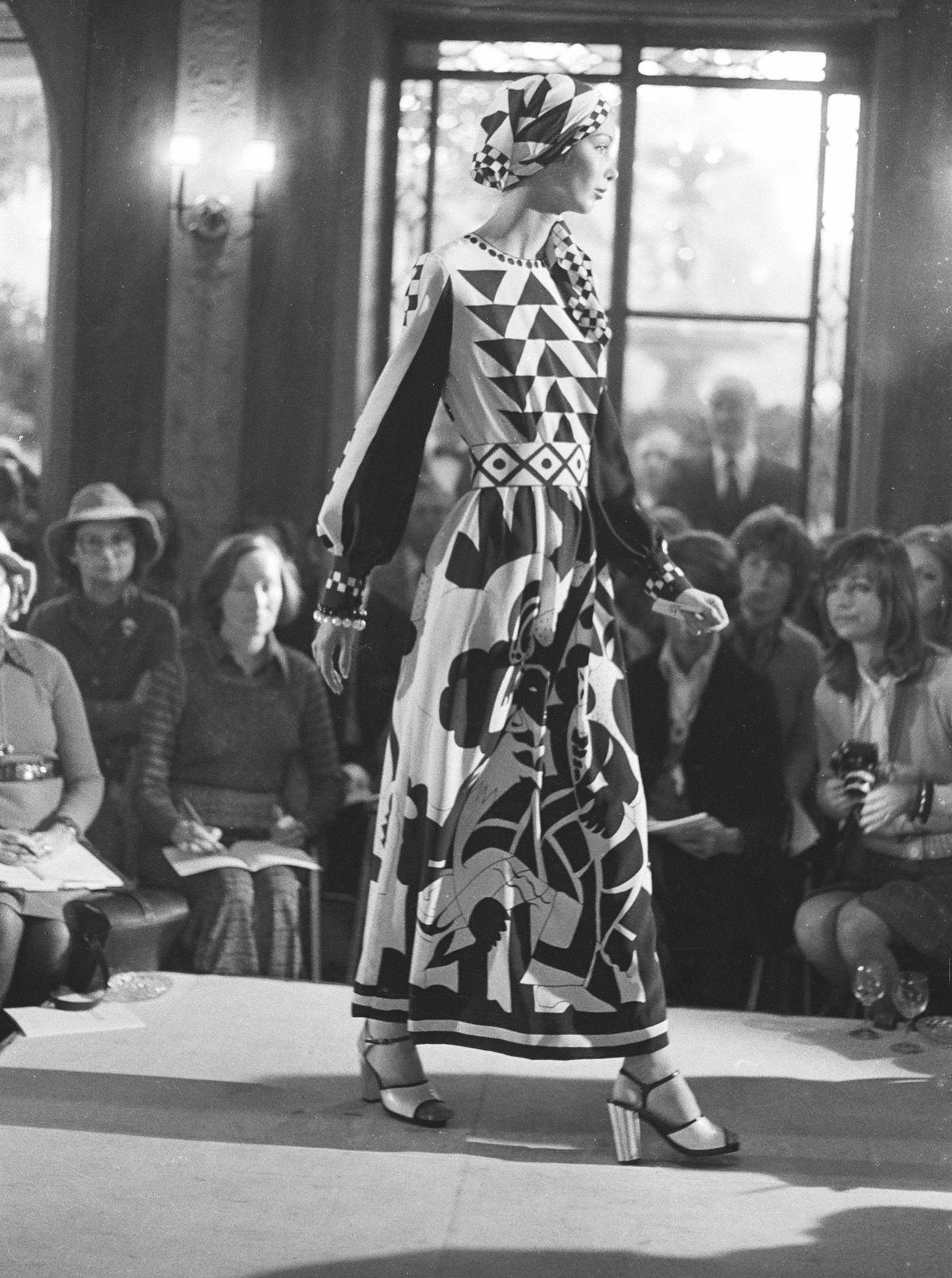
1973
The Rachmaninoff dress, with its graphic black and white motifs and its matching scarf tied around the head, is a perfect example of the romantic, bohemian and nomadic ethos of the 1970s.
Photograph by Jean-Luce Huré
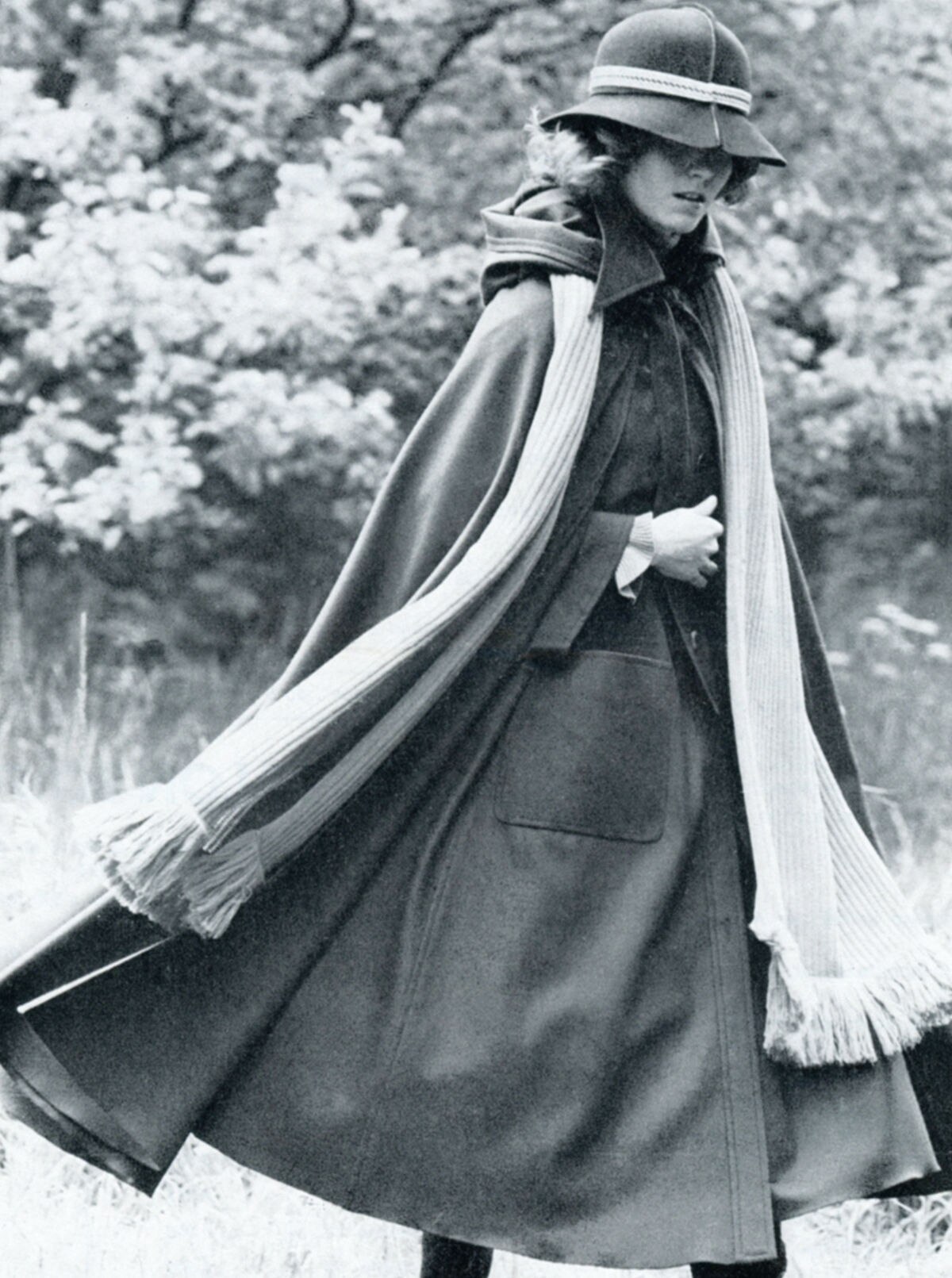
1974
The 1970s are an ode to the Chloé cape. Endlessly re-interpreted throughout the decade, the cape embodies a sense of fluidity and freedom of movement — a signature of the Chloé style. For summer it reveals itself in whirls of light flyaway silk; in winter, when cast in soft wool, the cape asserts a feminine interpretation of a masculine wardrobe.
Photograph by Francois Lamy
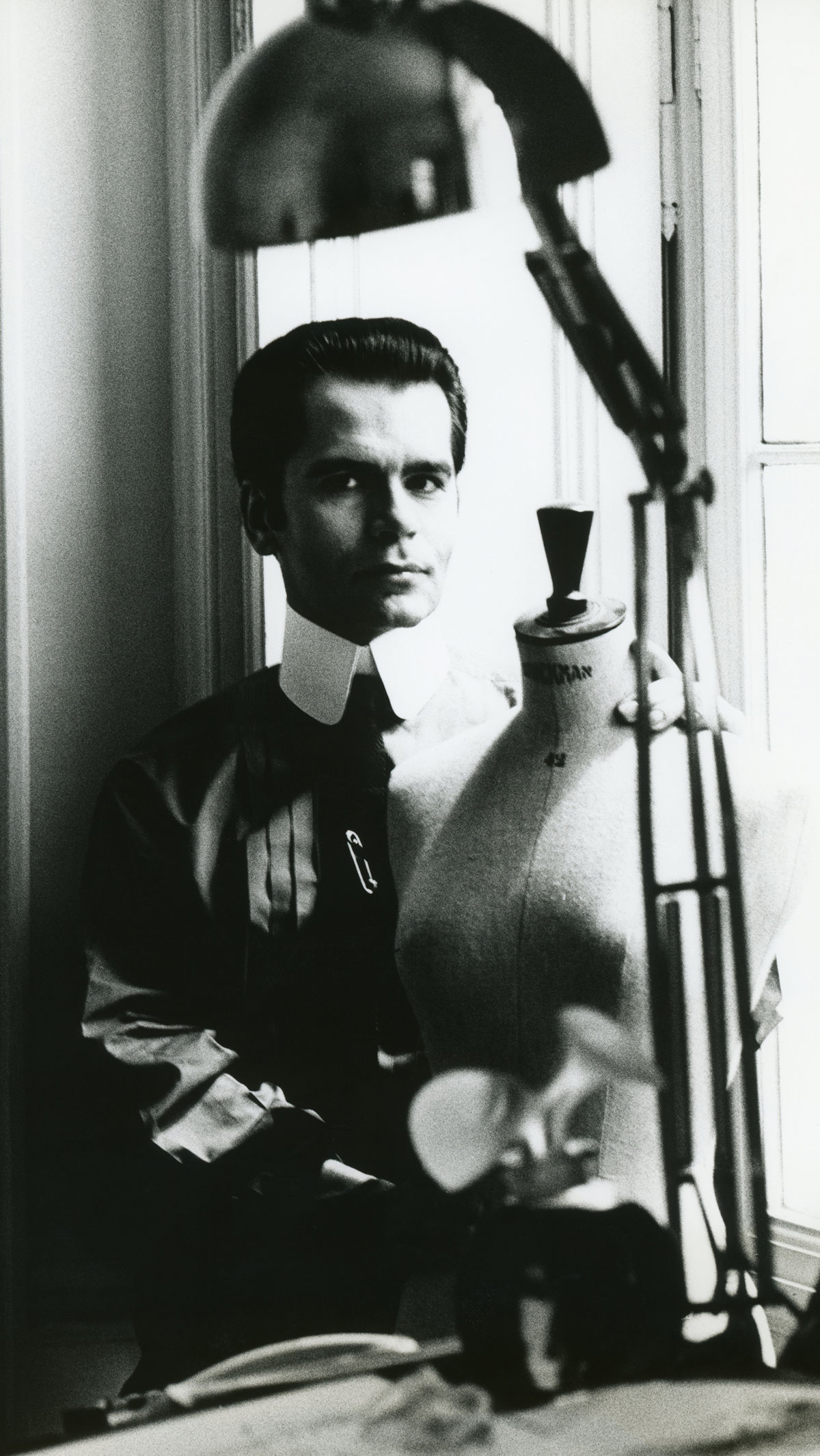
January 1975
Karl Lagerfeld becomes the exclusive designer at Chloé. He surrounds himself and Chloé with a clique of glamorous and talented friends, including fashion illustrator Antonio Lopez and models Pat Cleveland and Donna Jordan. Together, the nightclub darlings of New York light up Paris with their "joie de vivre".
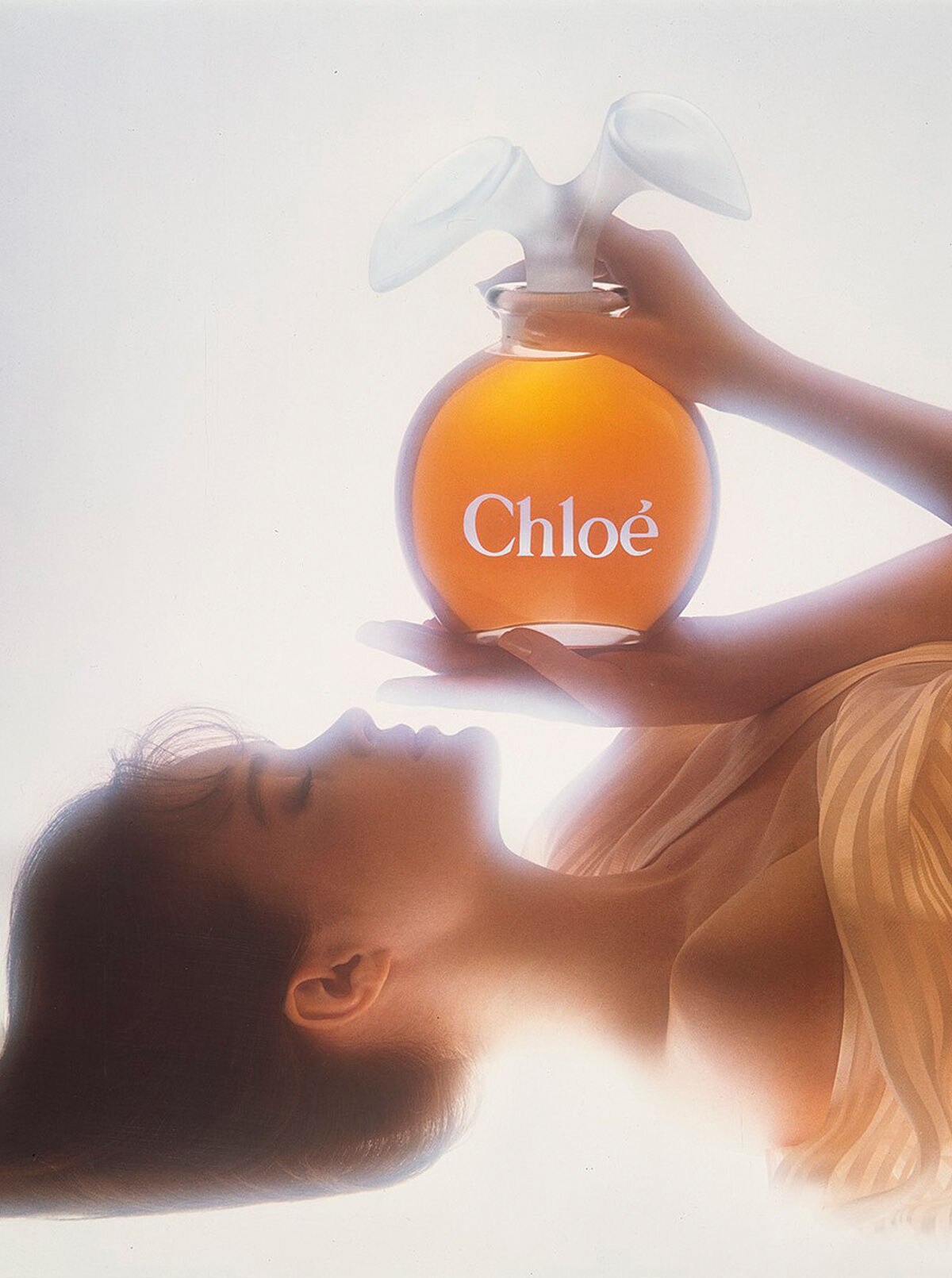
April 1975
The first Chloé fragrance is launched. The floral, feminine scent becomes one of the most popular scents of its time.
1980s
In the early 1980s, fashion became a playground where inspiration could be found almost anywhere. Collections are designed around a major theme and brought to life in spectacular runway shows. Models dance and pirouette down the runway, making every event as much a party as a show.
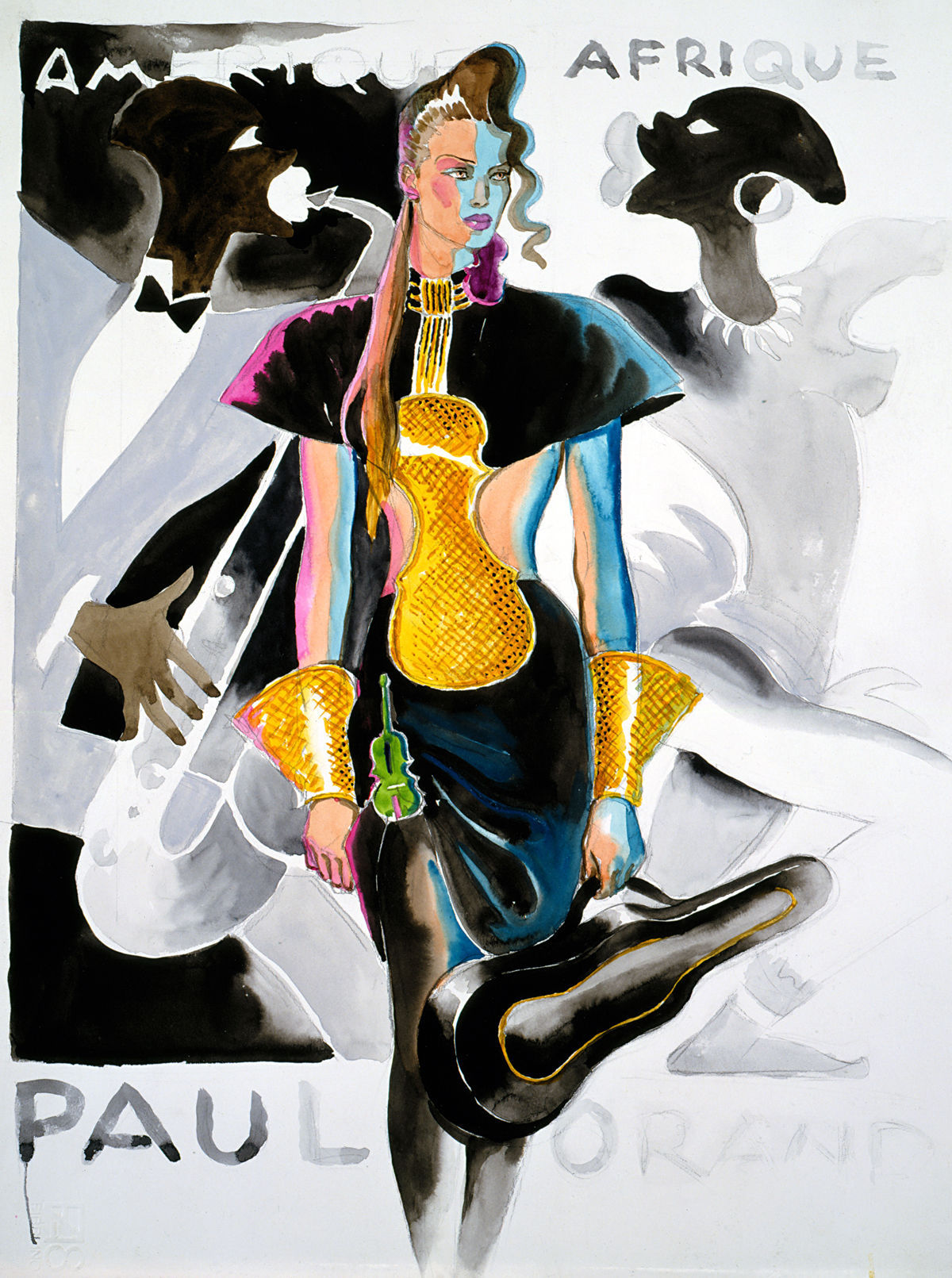
1982
For Spring-Summer 1983 Karl Lagerfeld is inspired by music. He designs the famous Angkor dress, embroidered with a trompe l’œil violin and close friend, Antonio Lopez, reinterprets this playful design with a vibrant watercolour illustration.
Illustration by Antonio Lopez
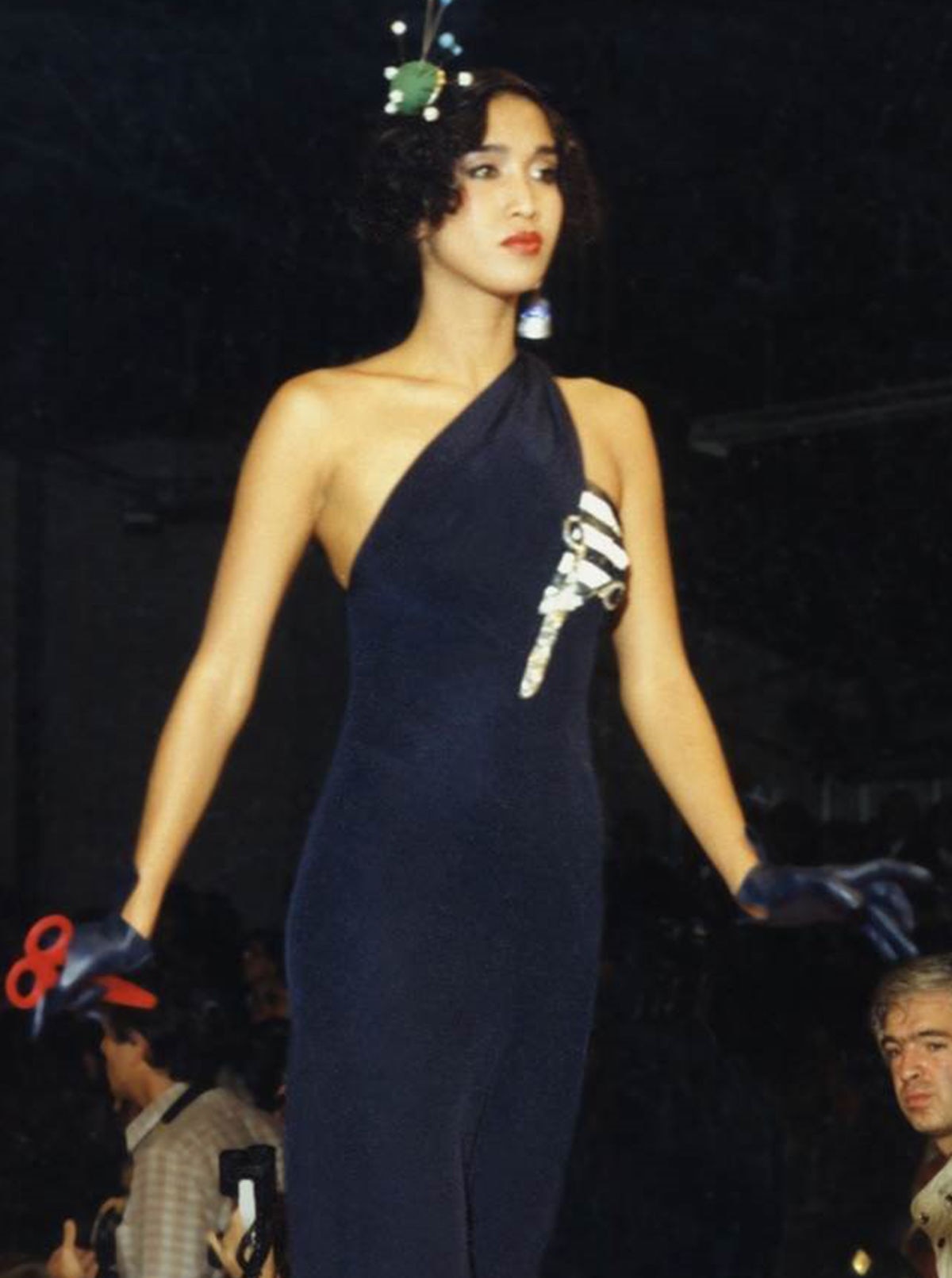
1983
For Spring-Summer 1984, Karl Lagerfeld designs the Ciseaux dress, embroidered with a trompe l’œil scissors. This collection on the theme of sewing ends the double decade of his first long and fertile collaboration with the house.
Photograph by Guy Marineau
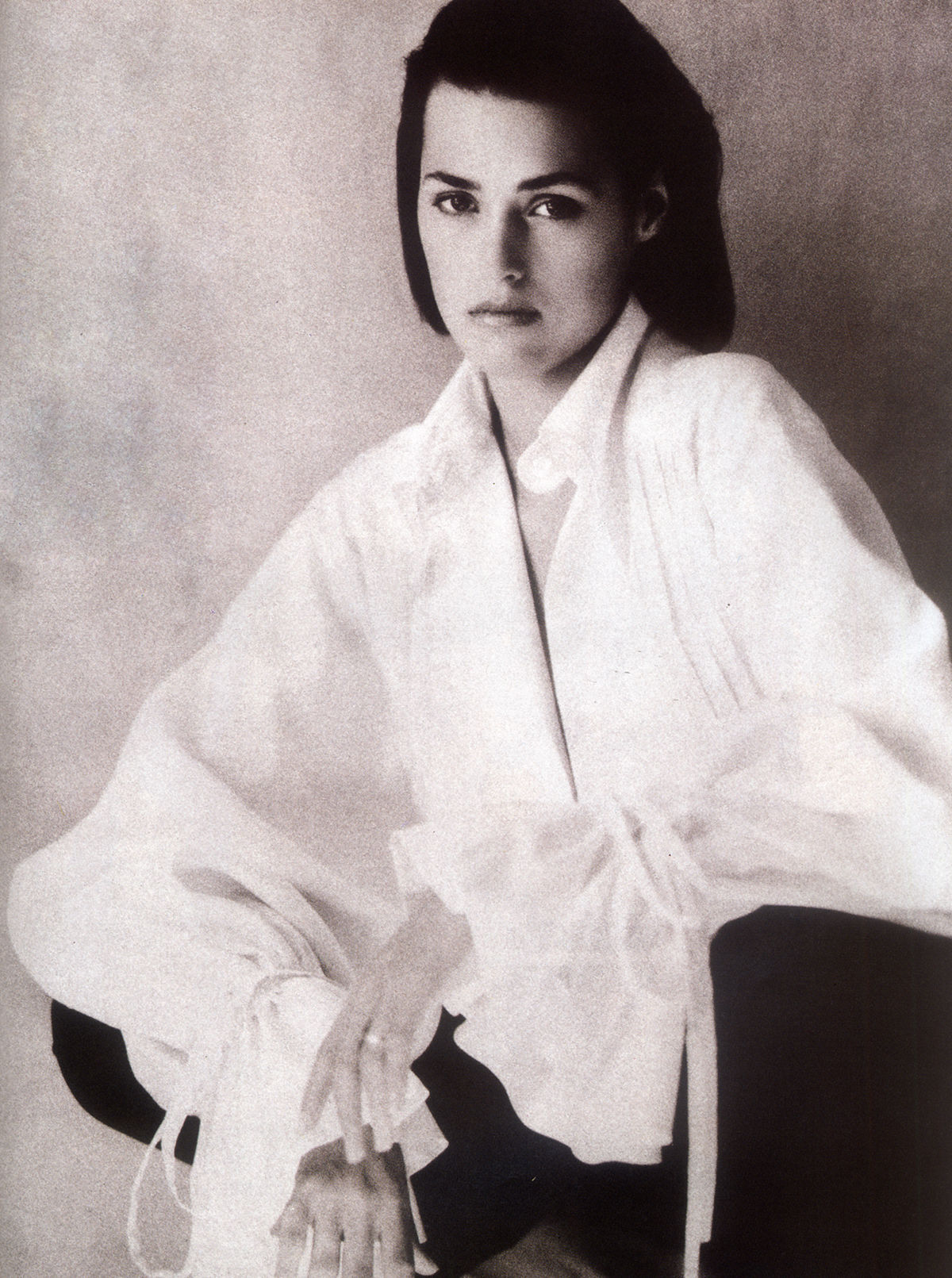
1987
Following Karl Lagerfeld’s departure and a quick succession of other designers, Martine Sitbon is appointed head designer of the Maison. Her five-year tenure introduces a play on soft femininity featuring references to historical menswear and the glossy world of cabaret.
Photograph by Francois Halard
1990s
Karl Lagerfeld returns to Chloé in 1992. Over the next few years, he mines various cultural references, from classical to pop culture, and celebrates a feminine and carefree romanticism. His spirited collections are brought to life by the famous 1990s supermodels whose larger-than-life personas defined this era.
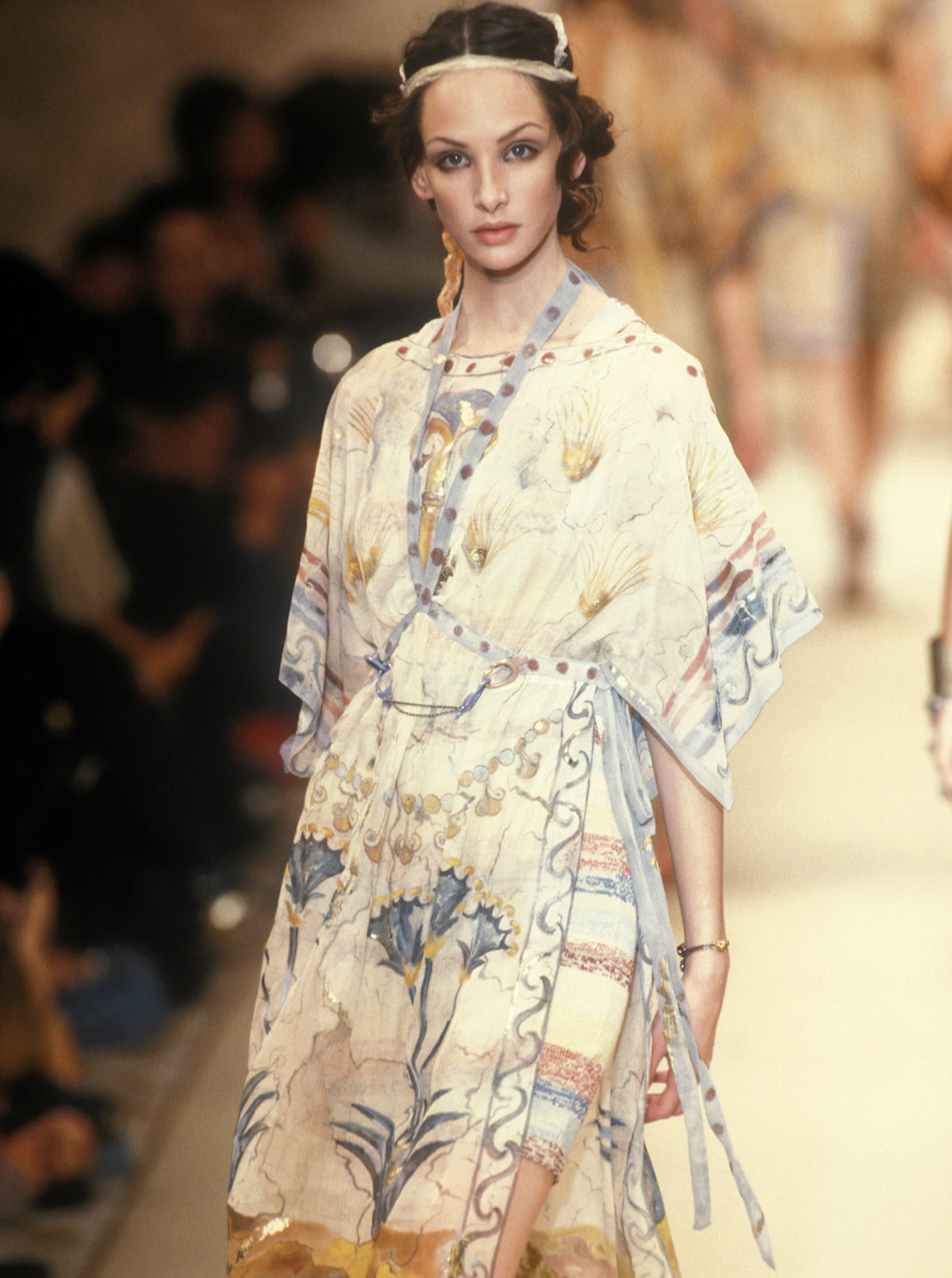
1993
The Spring-Summer 1994 collection is ethereal and romantic: diaphanous tulle dresses are hand-painted with motifs inspired by archaeological frescoes from the Greek island of Santorini.
Photograph by Guy Marineau
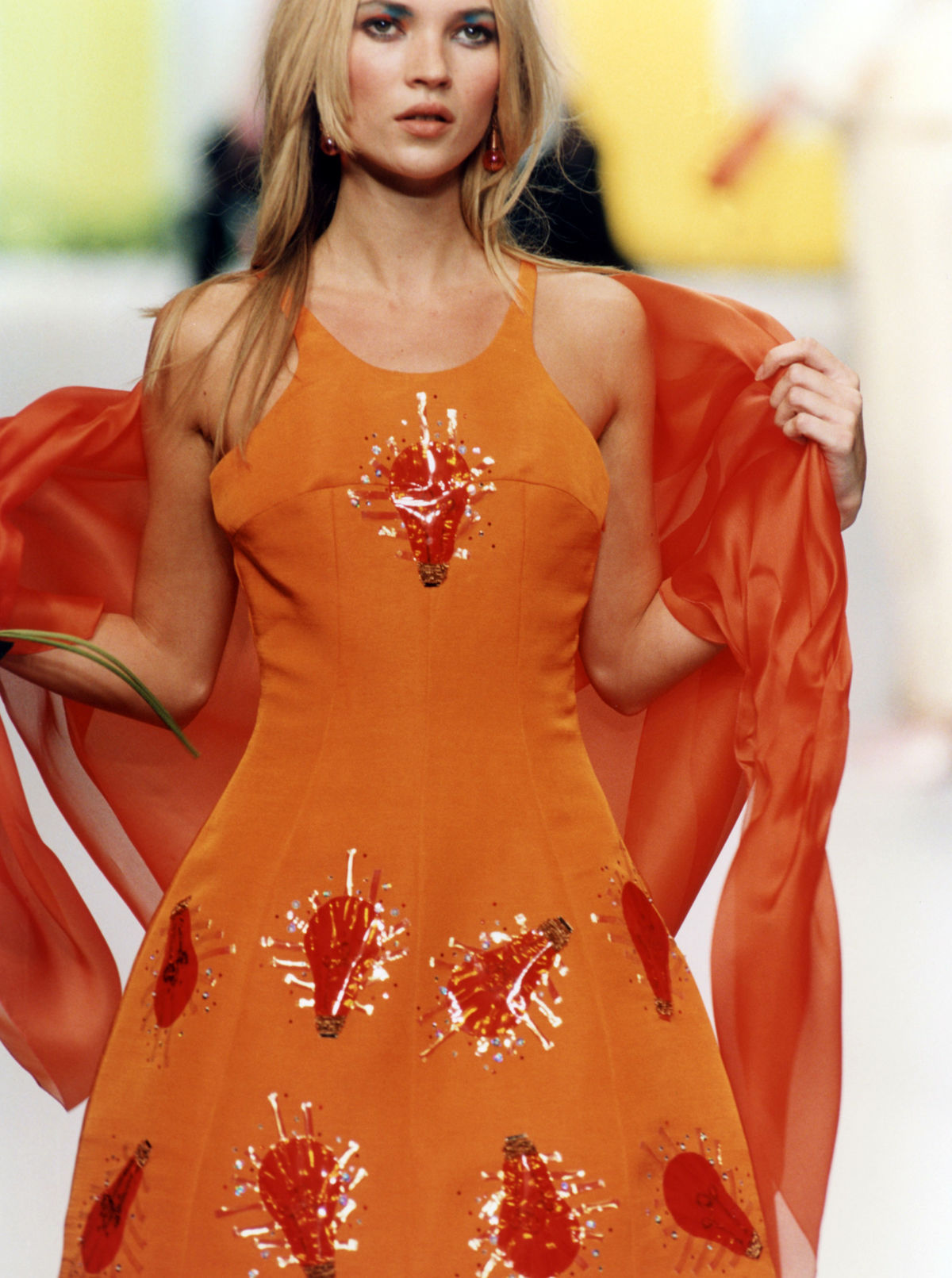
1995
The Spring-Summer 1996 collection revives the pop and playful spirit of the Maison.
Photograph by Guy Marineau
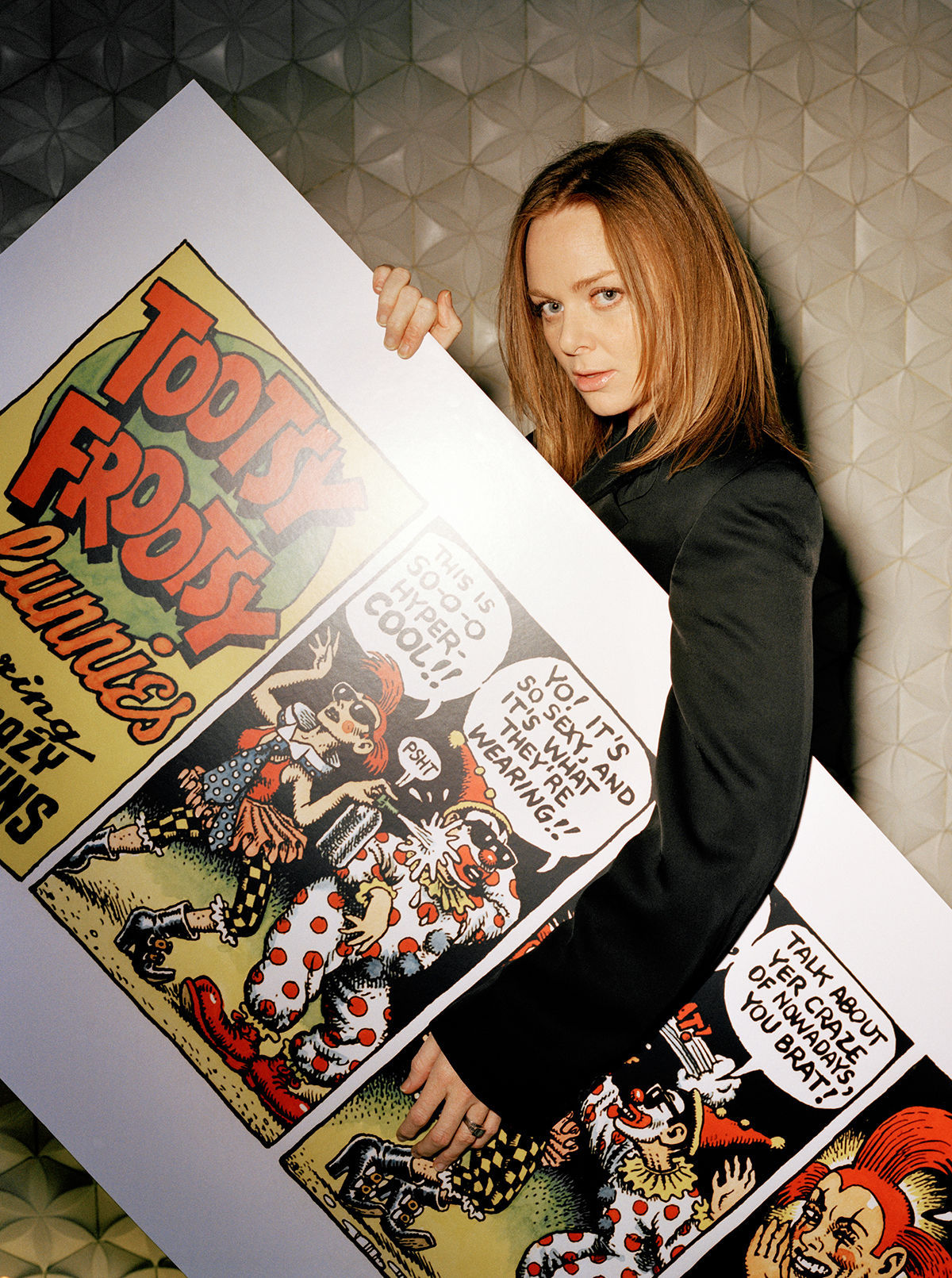
1997
Stella McCartney is named creative director. Fresh out of Central Saint Martins, at the tender age of 25 she becomes the Maison’s youngest ever recruit.
Photograph by Mary McCartney
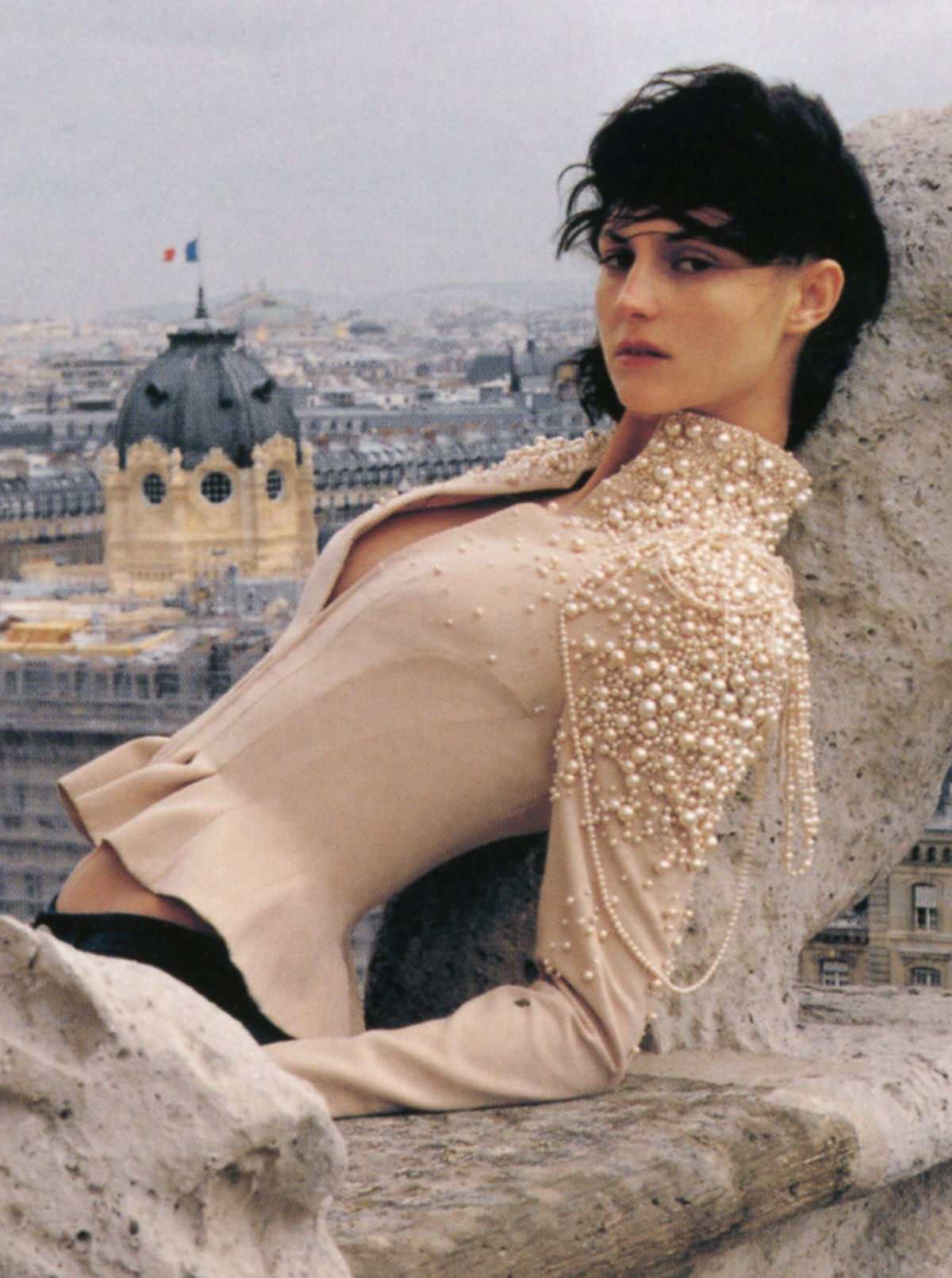
1998
Under Stella McCartney, Chloé embraces a new sexier, rock ’n’ roll attitude featuring a romantic yet streetwise mix of vintage lingerie, sharp tailoring, signature low-rise pants and printed t-shirts.
Photograph by Vanina Sorrenti
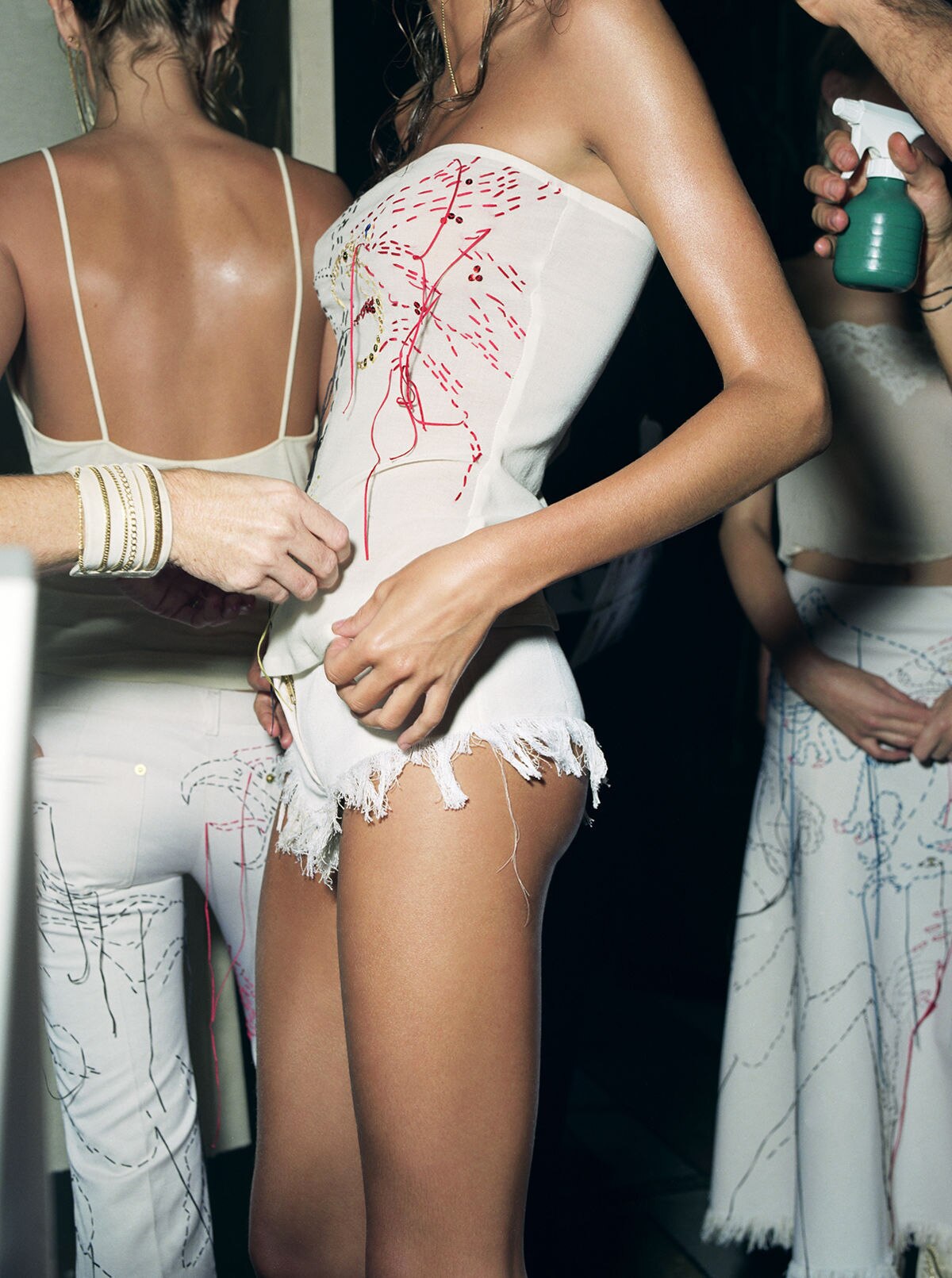
1999
Stella McCartney brings a youthful cheekiness and glamour to the Maison; her collections reveal an eclectic mix of influences covering everything from Brit Pop, Girl Power and Saville Row. The Maison welcomes a new, insatiable generation of Chloé fans.
Photograph by Liz Collins
2000s
Throughout this decade, three young female British designers, Stella McCartney, Phoebe Philo and Hannah MacGibbon, succeed one another in the role of Creative Director. Capitalising on this newfound energy, the Maison broadens its horizons with the launch of accessories, including bags, small leather goods and shoes, along with new sister line, See By Chloé.
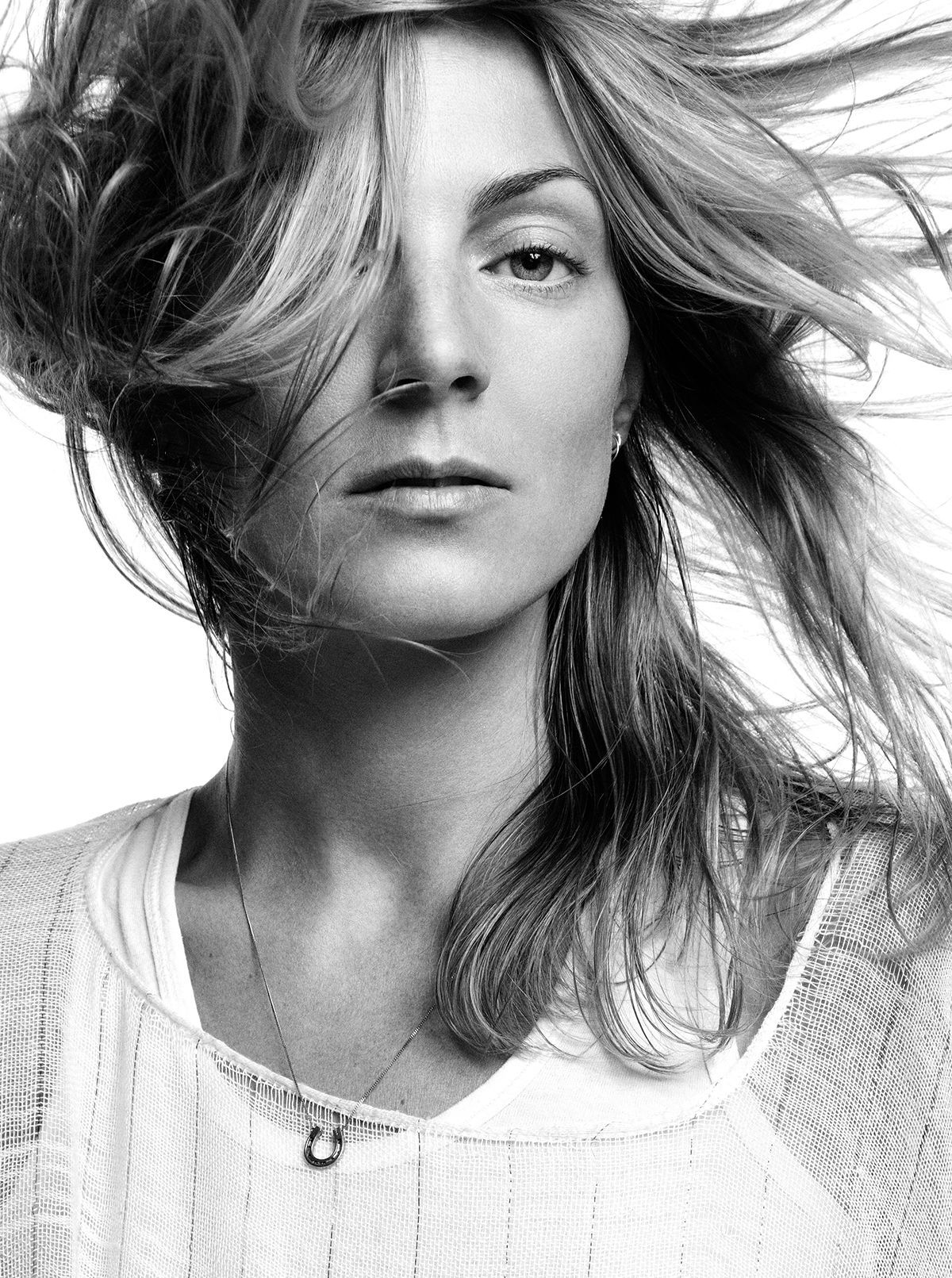
2001
Stella McCartney leaves Chloé in 2001 and her right hand and close friend Phoebe Philo succeeds her in the role of creative director.
Photograph by David Sims
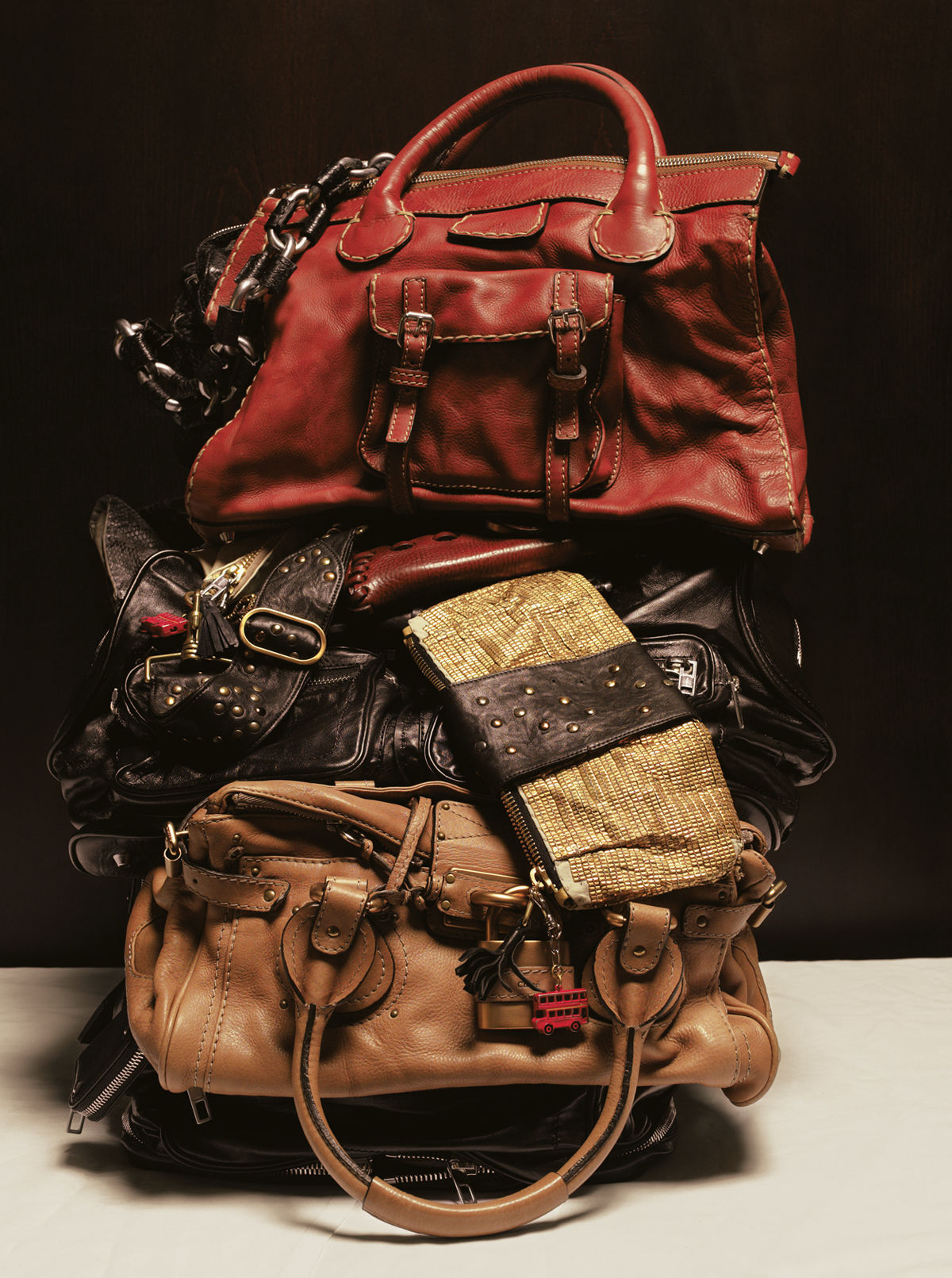
2005
With Philo’s arrival, the Maison starts to work with leather goods and in Spring 2005, Chloé releases the Paddington bag. With its oversized proportions, XXL padlock and ‘luggage’ spirit, the fashion industry’s very first ‘It bag’ is born.
Photograph by Inez & Vinoodh
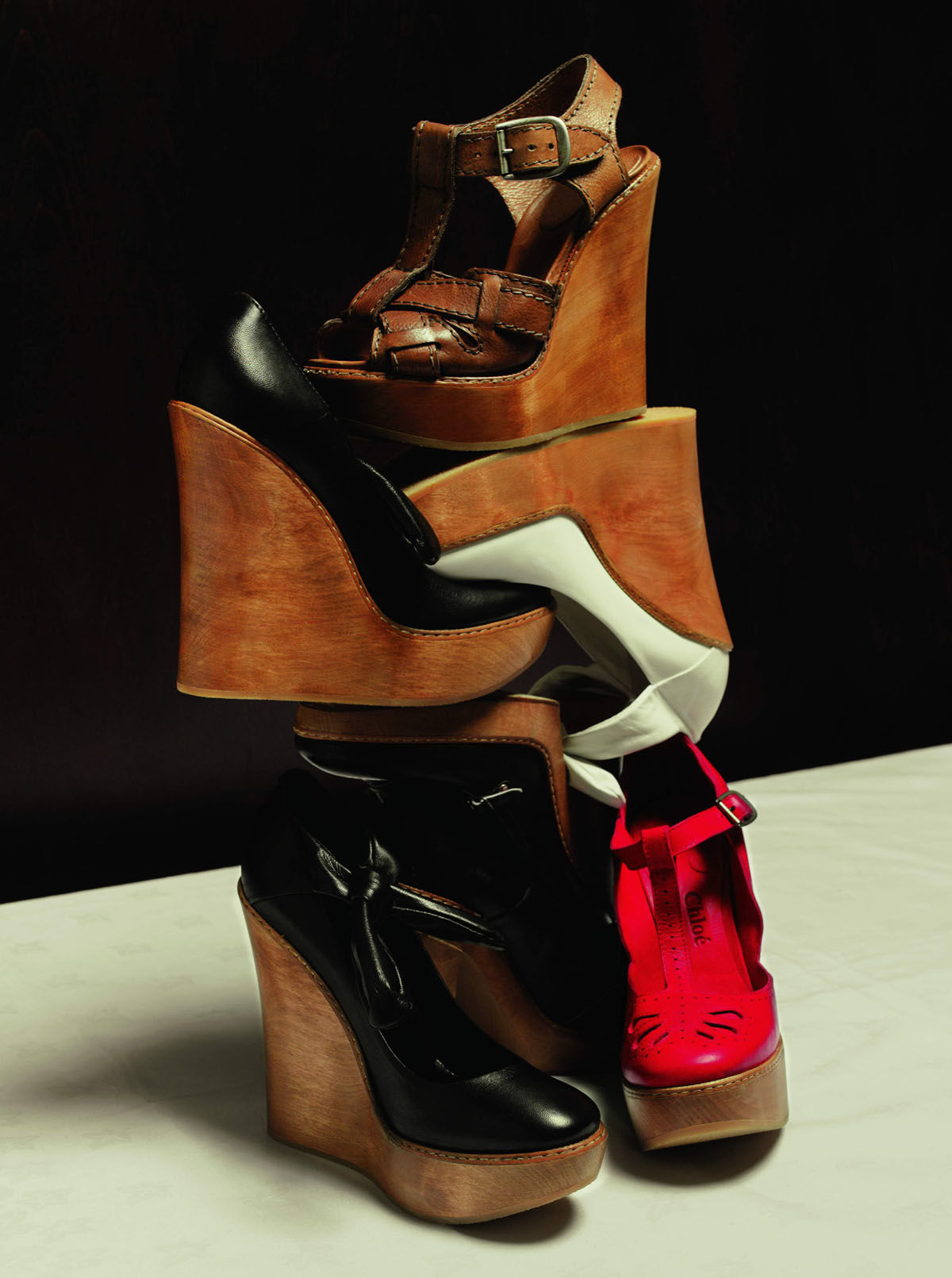
March 2006
Chloé introduces wedges. The effortless attitude and refined sensibility of these shoes evoke the 1970s allure of the Maison. They go on to define Chloé’s footwear offering for seasons to come.
Photograph by Inez & Vinoodh
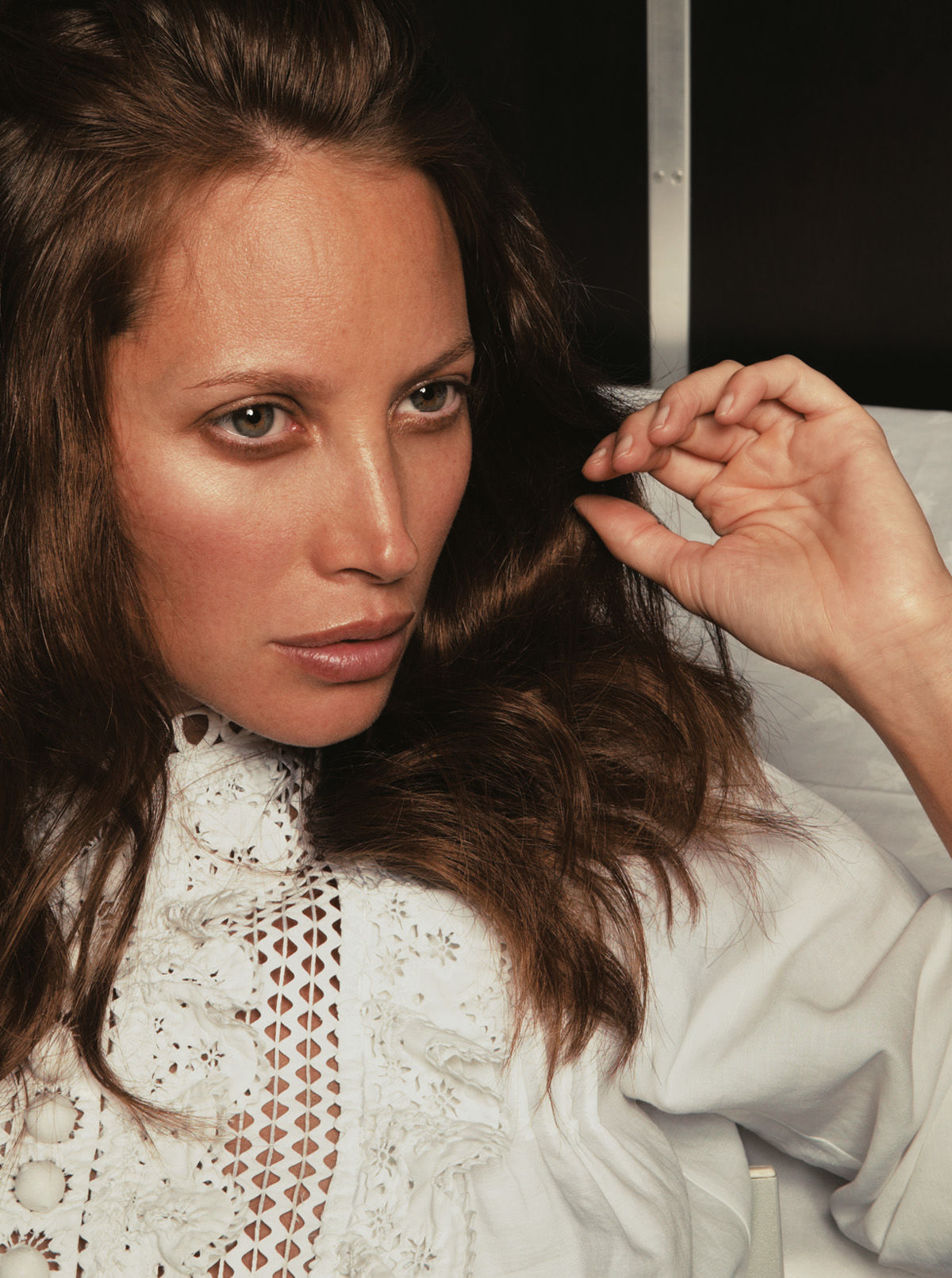
August 2006
Under Phoebe Philo’s artful and audacious execution, a highly covetable modern wardrobe is born. Faithful to the spirit of the brand, sexy daywear and sheer silk dresses are contrasted with masculine tailoring, for a polished yet street-smart look.
Photograph by Inez & Vinoodh
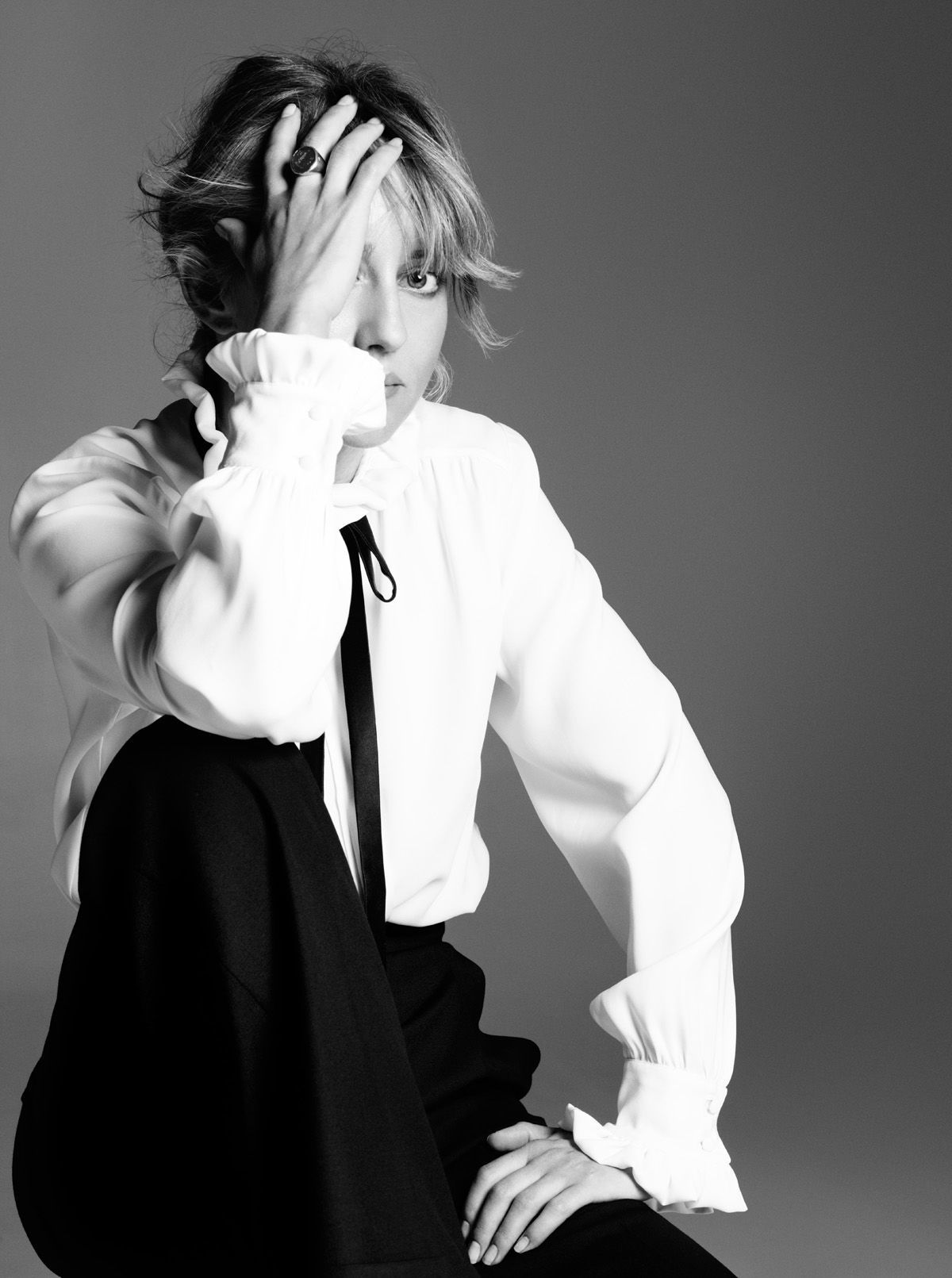
2008
In 2008, after Swedish designer Paulo Melim Andersson’s brief stint at the Maison, Hannah MacGibbon is named creative director.
Photograph by Paola Kudacki
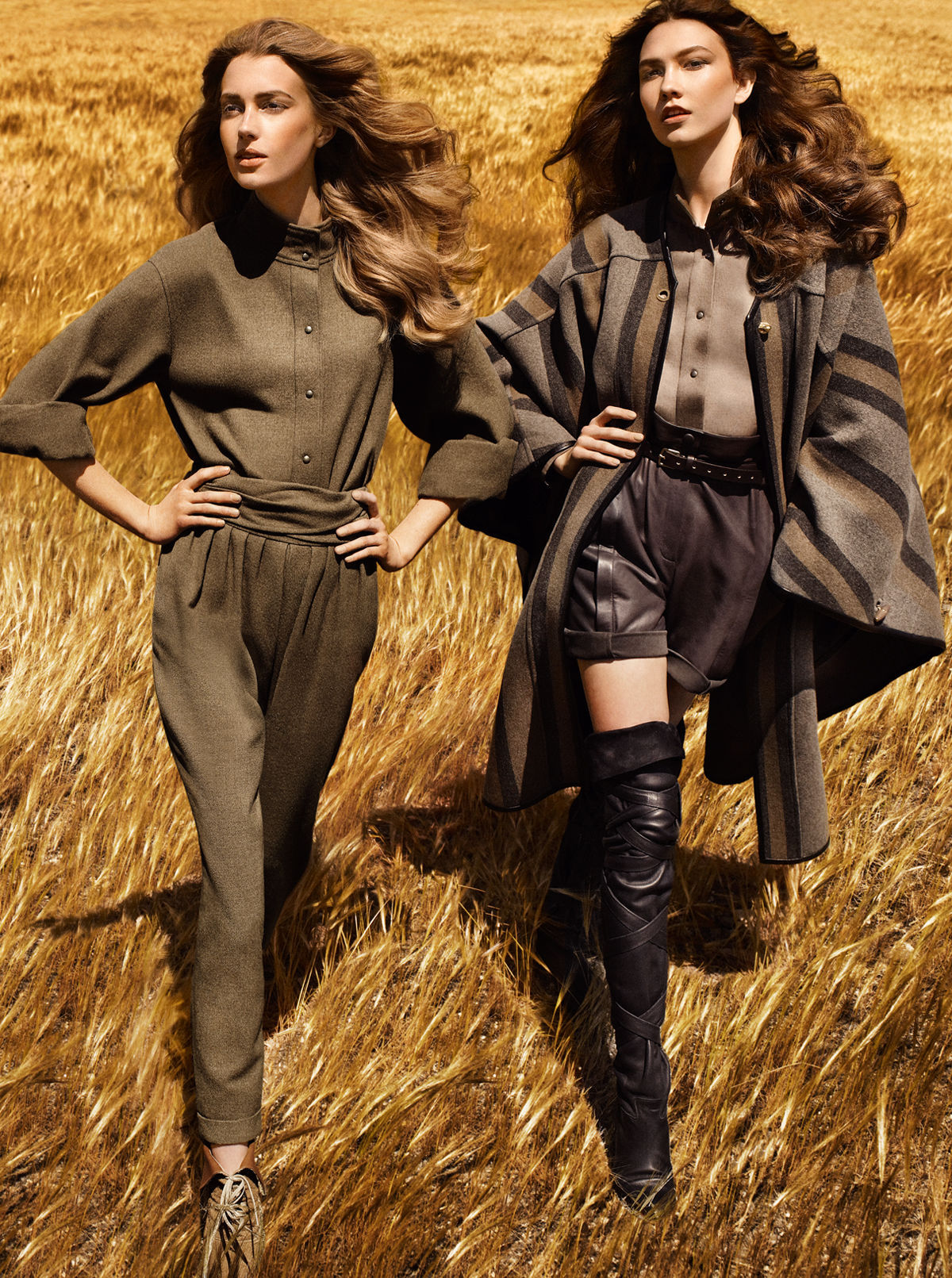
2009
Hannah MacGibbon’s tenure brings pure polish and sophistication to the forefront of the Chloé story. Her collections exude a confidence and a radiant softness, particular to the mood of the 1970s, which has long been a defining referential decade for Chloé’s creative directors.
Photograph by Mikael Jansson
2010s
The start of this decade is marked by the arrival of Clare Waight Keller. Under her watch, the Maison’s allure is modernised even further as collections embrace sophisticated comfort and free-spirited ease – attitudes that never fail to seduce. New iconic accessories are also introduced, with the Drew and the Faye joining the Marcie in the line-up of Chloé Classics.
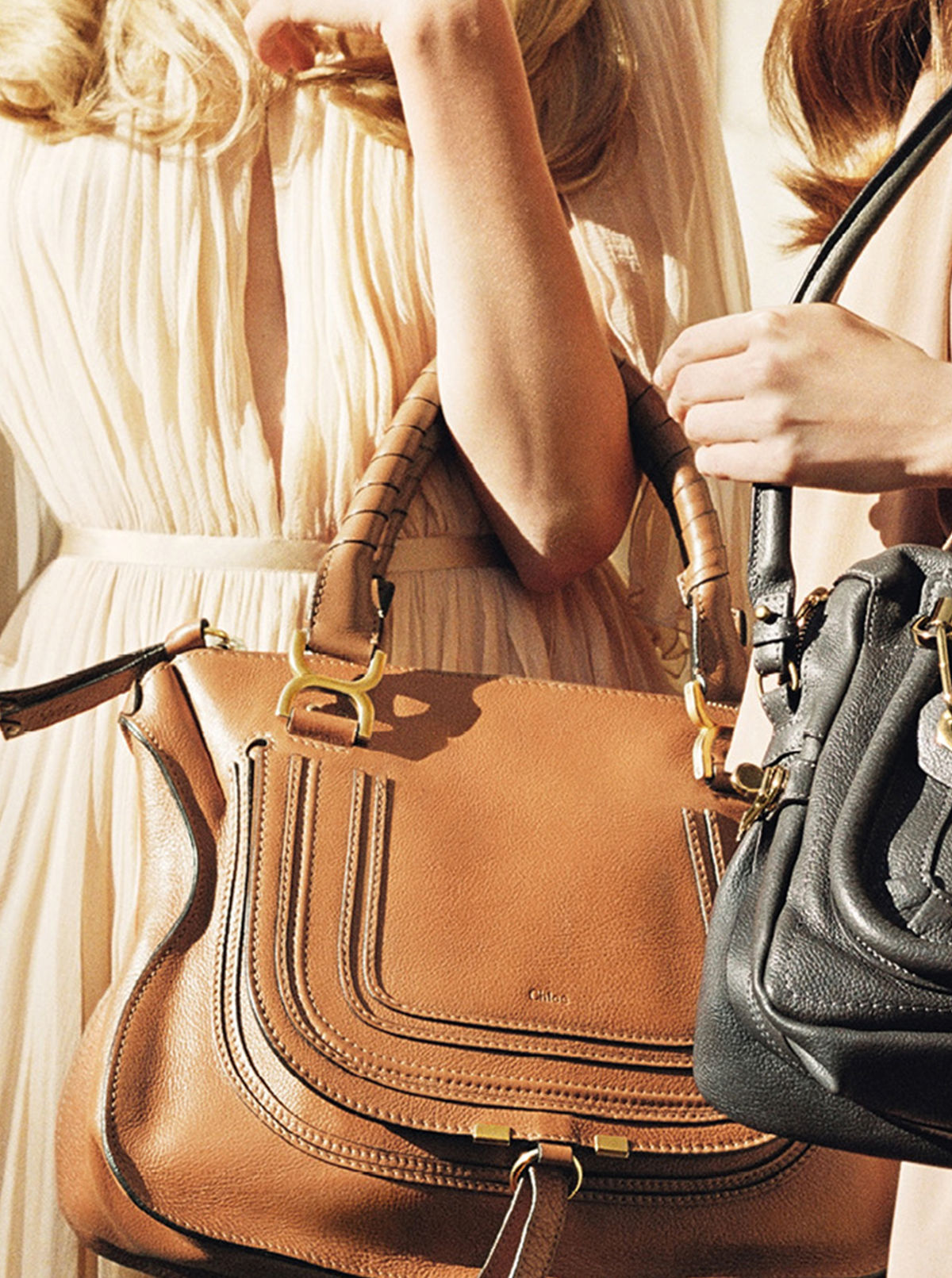
2010
Chloé introduces the Marcie. An iconic day bag, the Marcie’s round feminine shape conveys a nomadic spirit.
Photograph by Angelo Pennetta
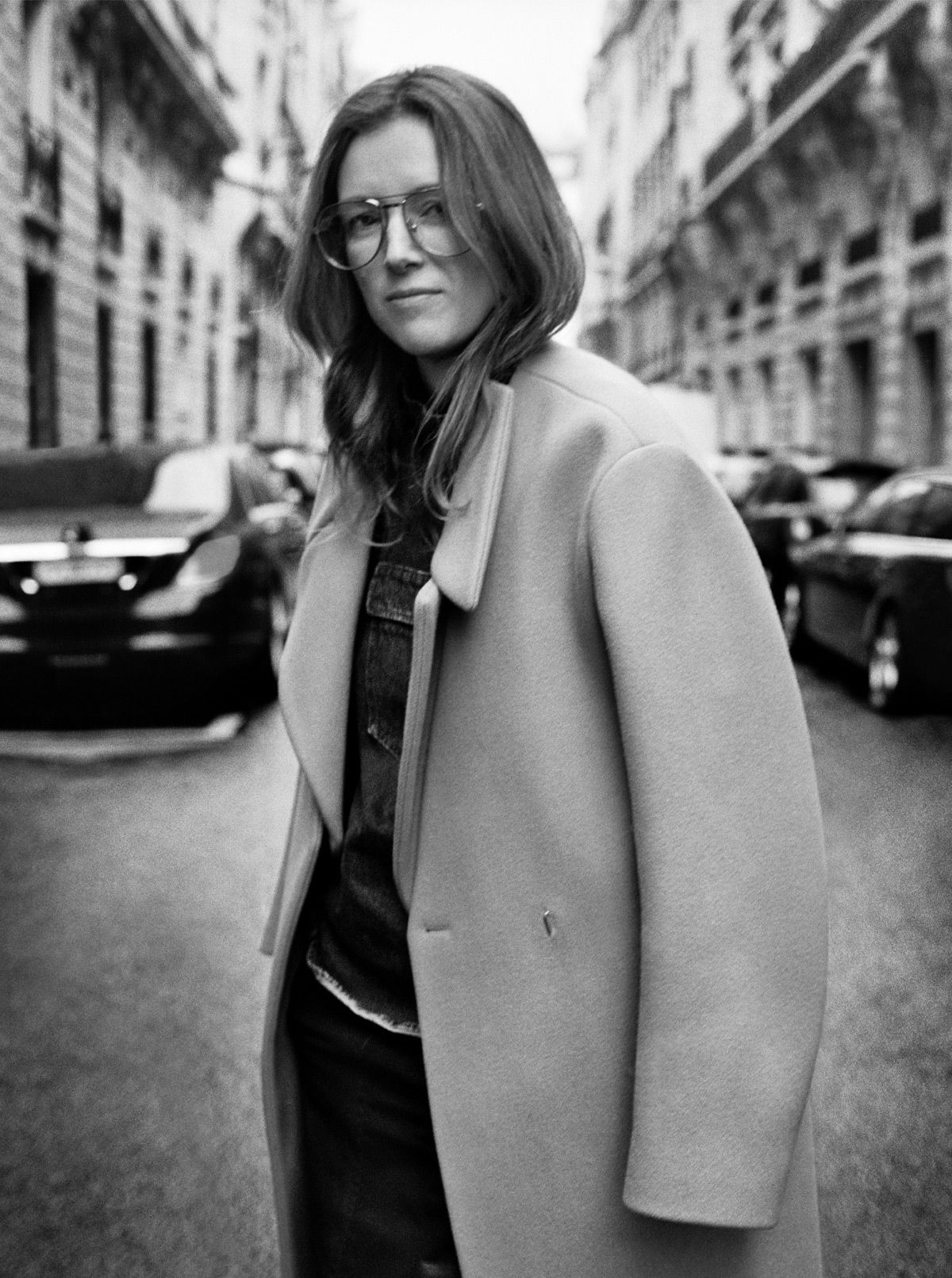
August 2011
Chloé’s creative director Clare Waight Keller joins the Maison in 2011.
Photograph by Theo Wenner
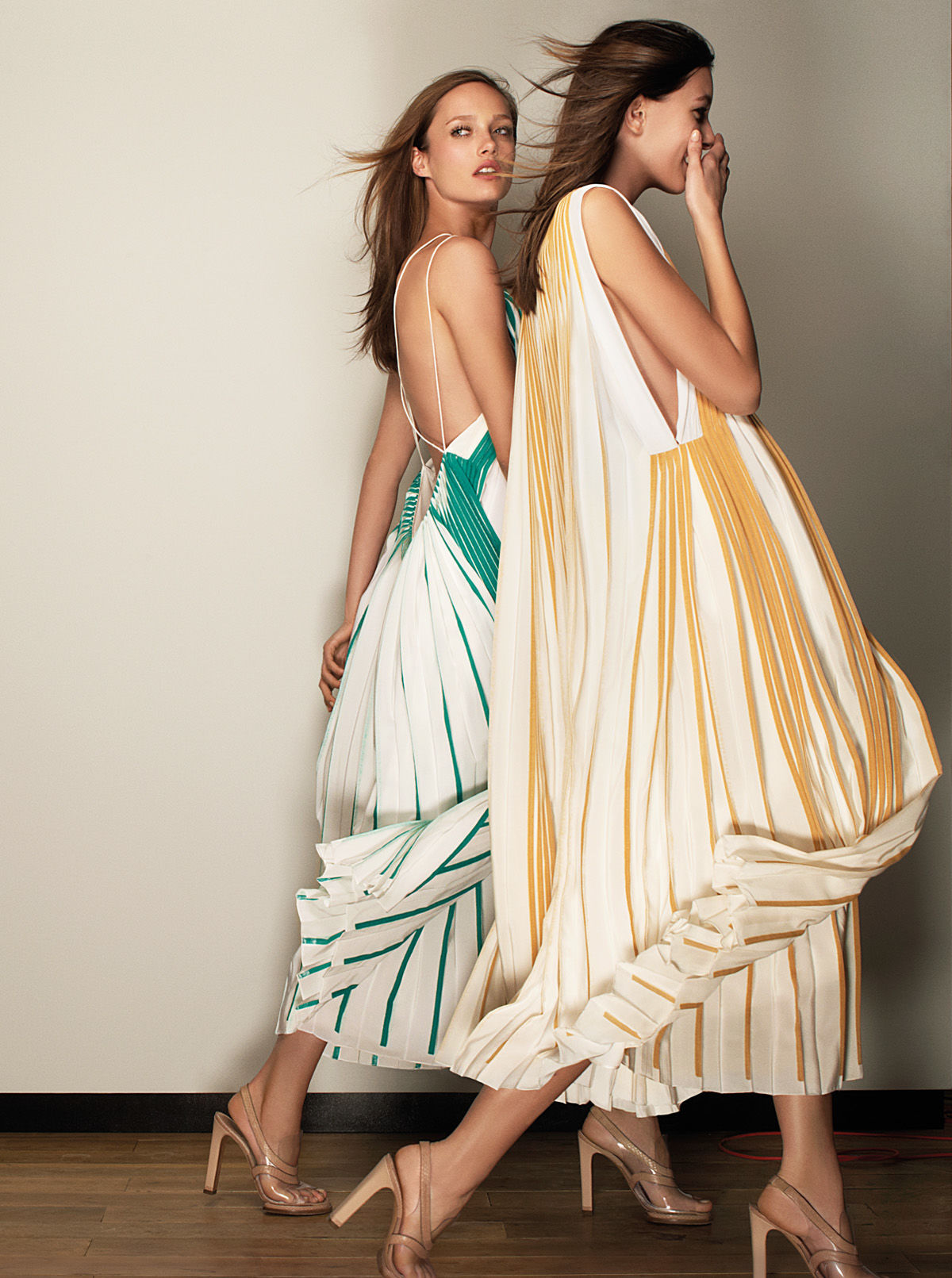
October 2011
Clare Waight Keller’s debut collection captured the very soul of Chloé: fluid and feminine, yet ‘boyish’; it sets the tone for seasons to come.
Photograph by Glen Luchford
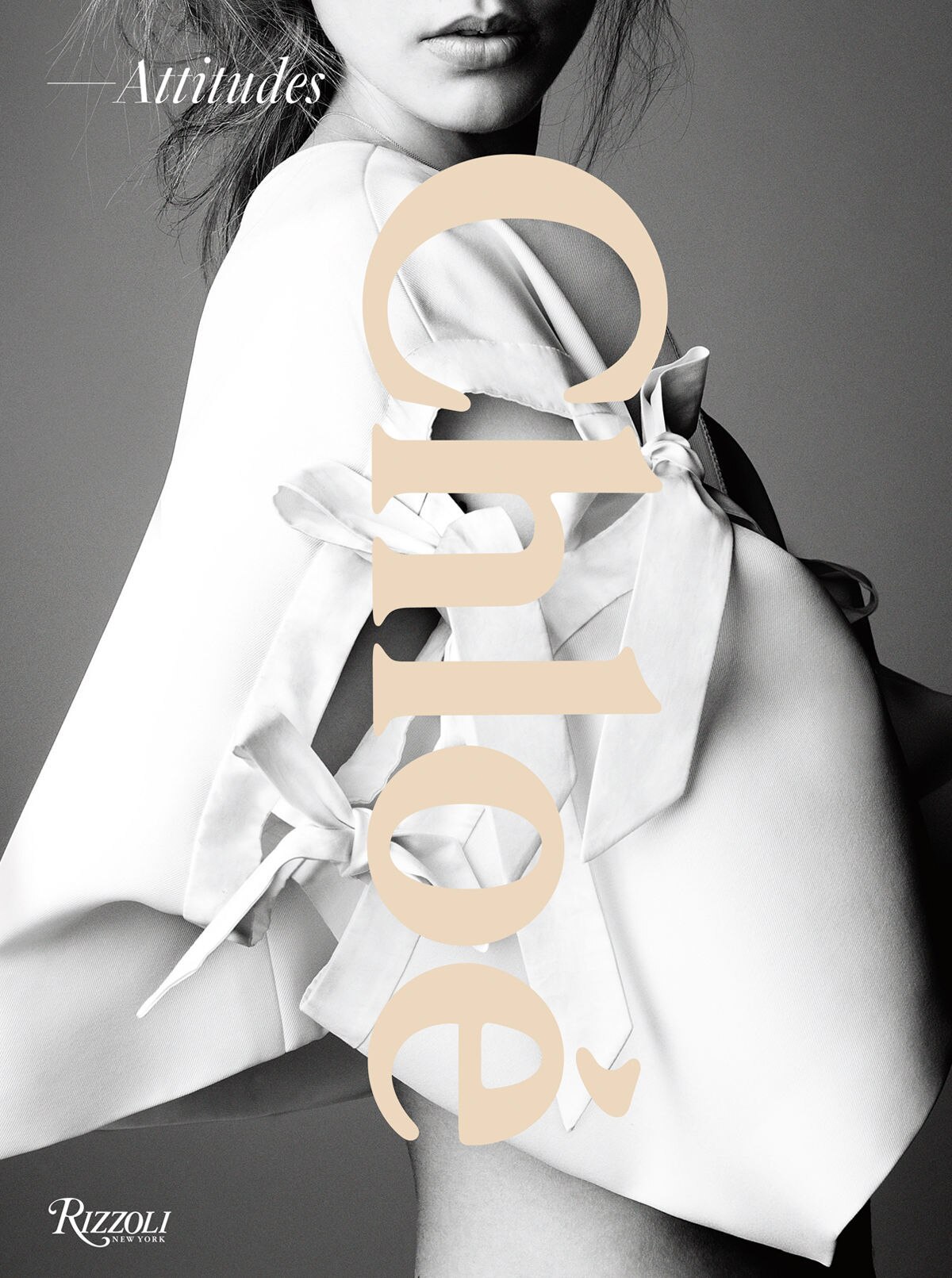
2012
The Maison celebrates its 60th anniversary with the ‘Chloé Attitudes’ exhibition at the Palais de Tokyo, and an accompanying coffee table book.
Photograph by Patrick Demarchelier
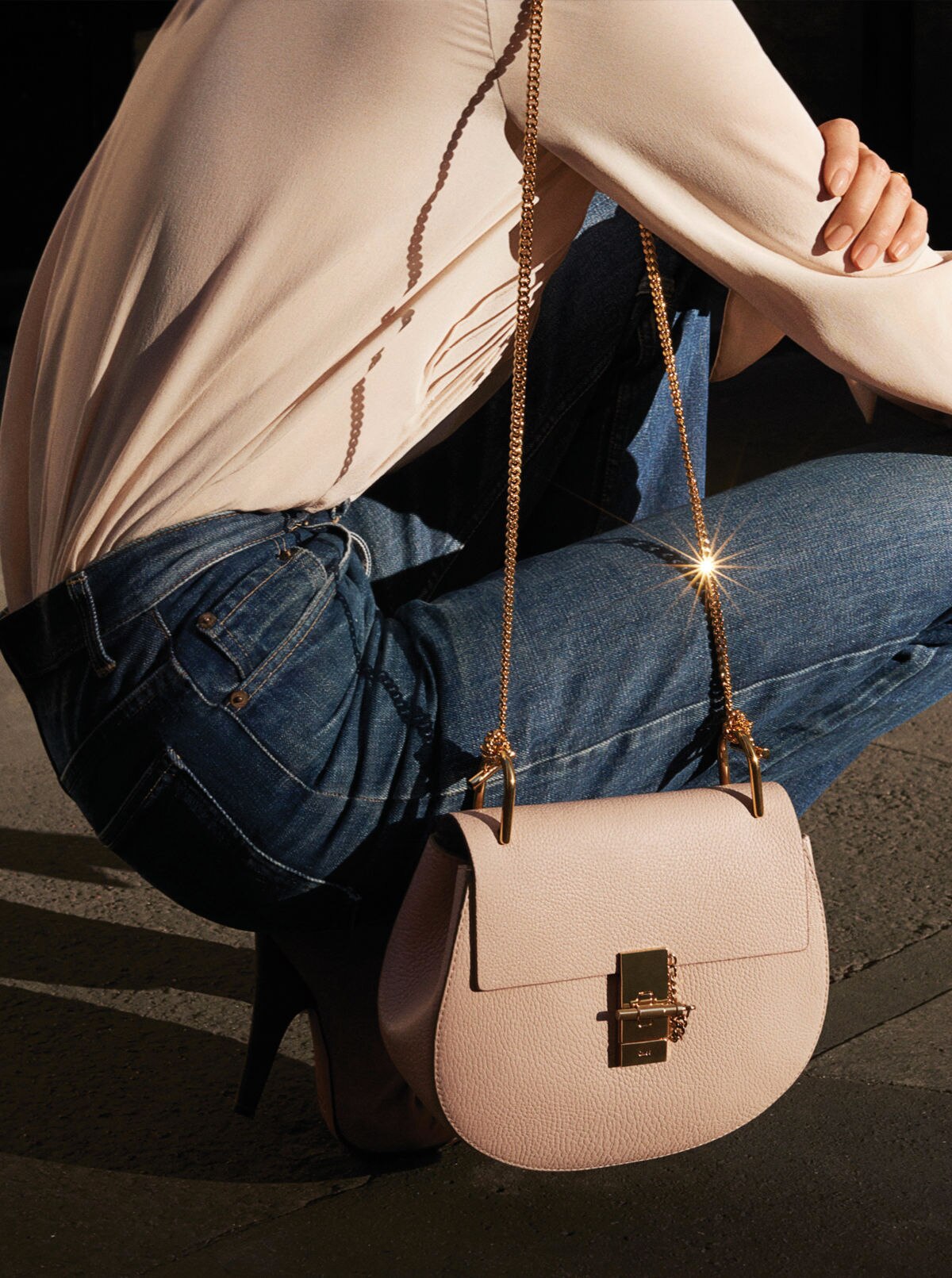
2013
Chloé reveals the Drew with the Fall 2014 collection and it emerges as a true icon, embodying the glamorous 1970s spirit that is an intrinsic part of Chloé’s heritage.
Photograph by Angelo Pennetta
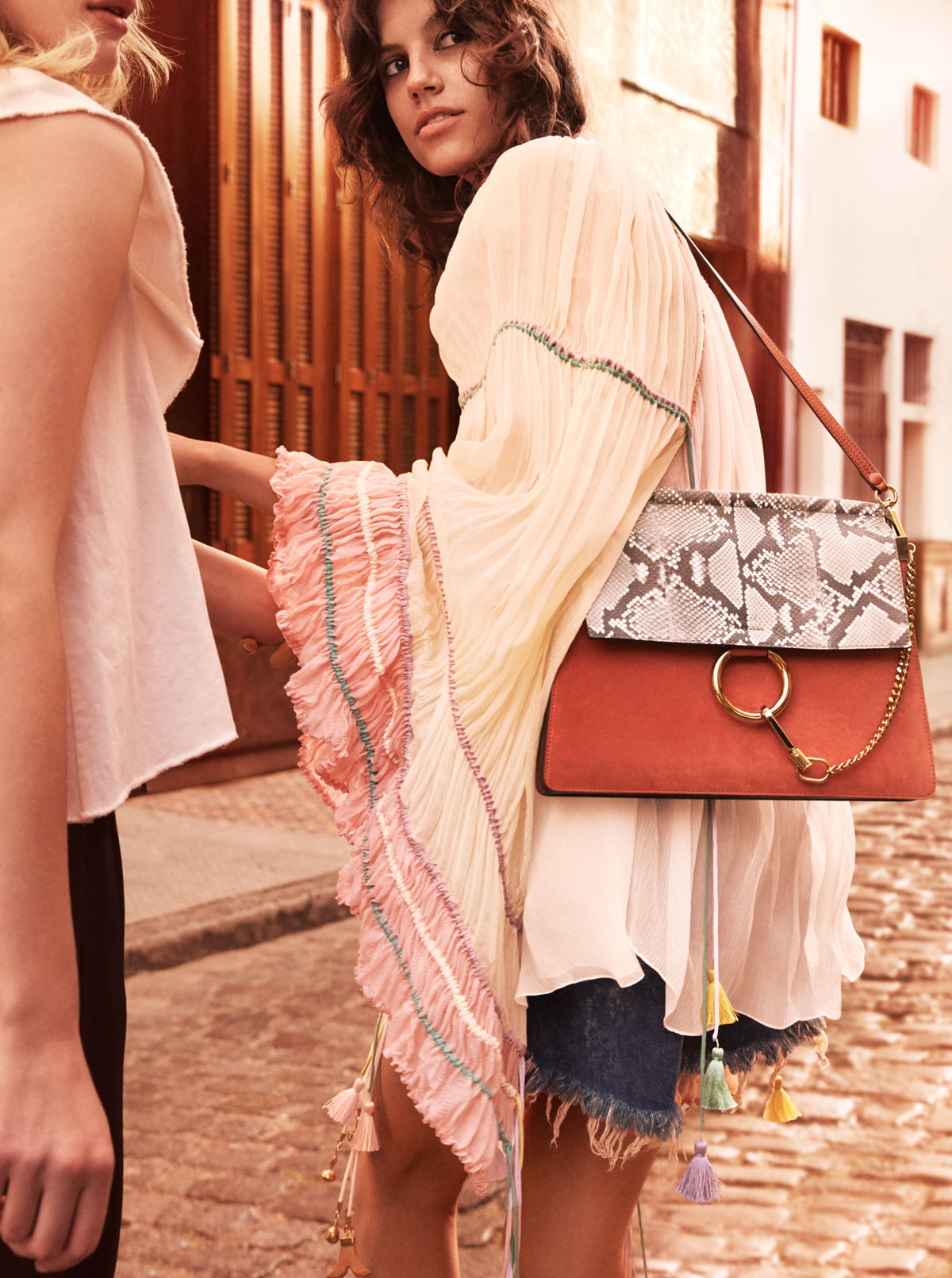
2014
The Faye, a refined and elegant day bag, with laid-back appeal arrives with the Spring-Summer 2015 collection.
Photograph by Theo Wenner
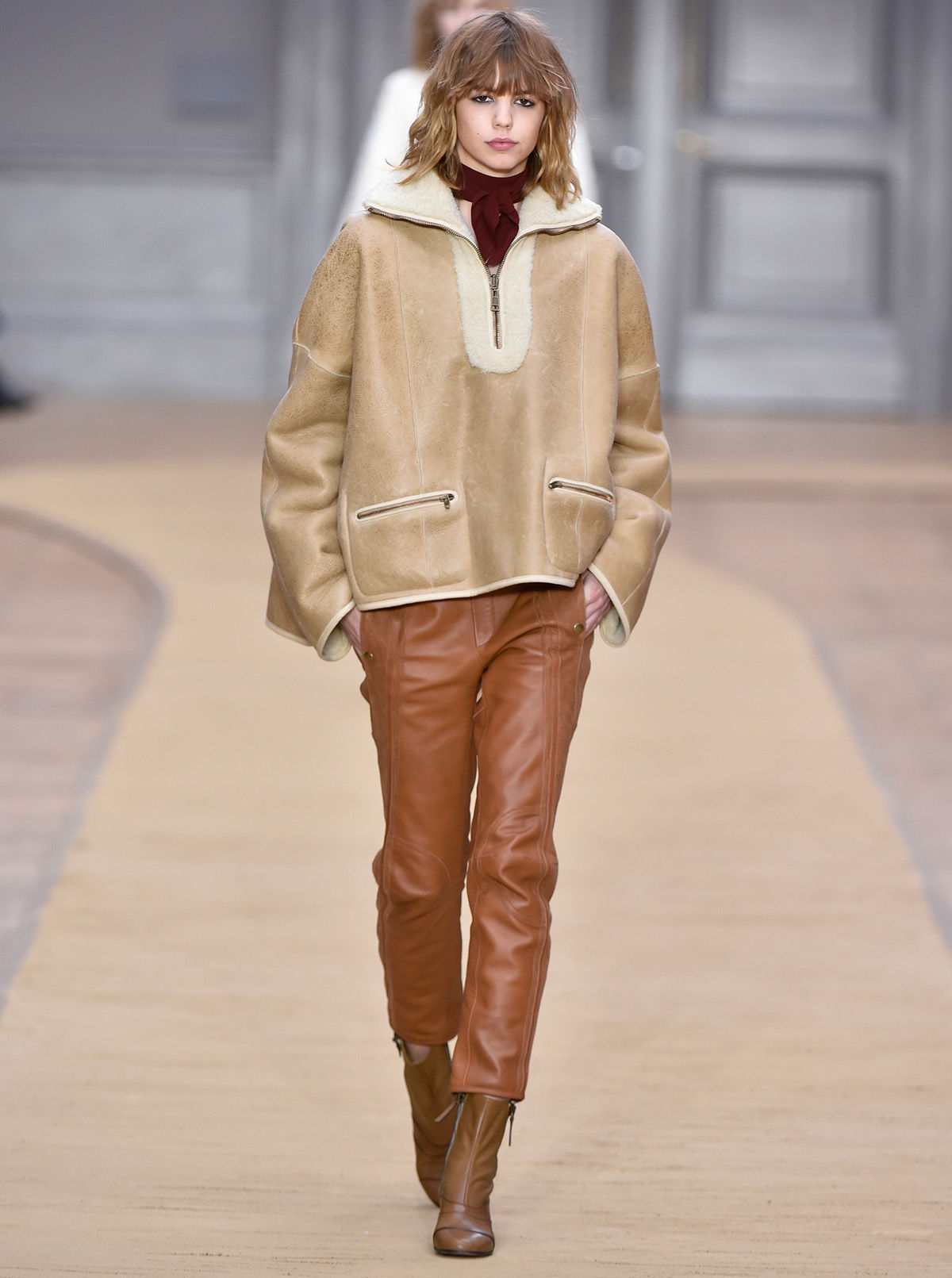
March 2016
Fall-Winter 2016 sees Clare Waight Keller reveal a tougher side to the Chloé girl. Inspired by the adventure of life on the open road, leather motorcycle trousers and trim jackets with contoured racing stripes feature in the collection.
Photograph by Etienne Tordoir
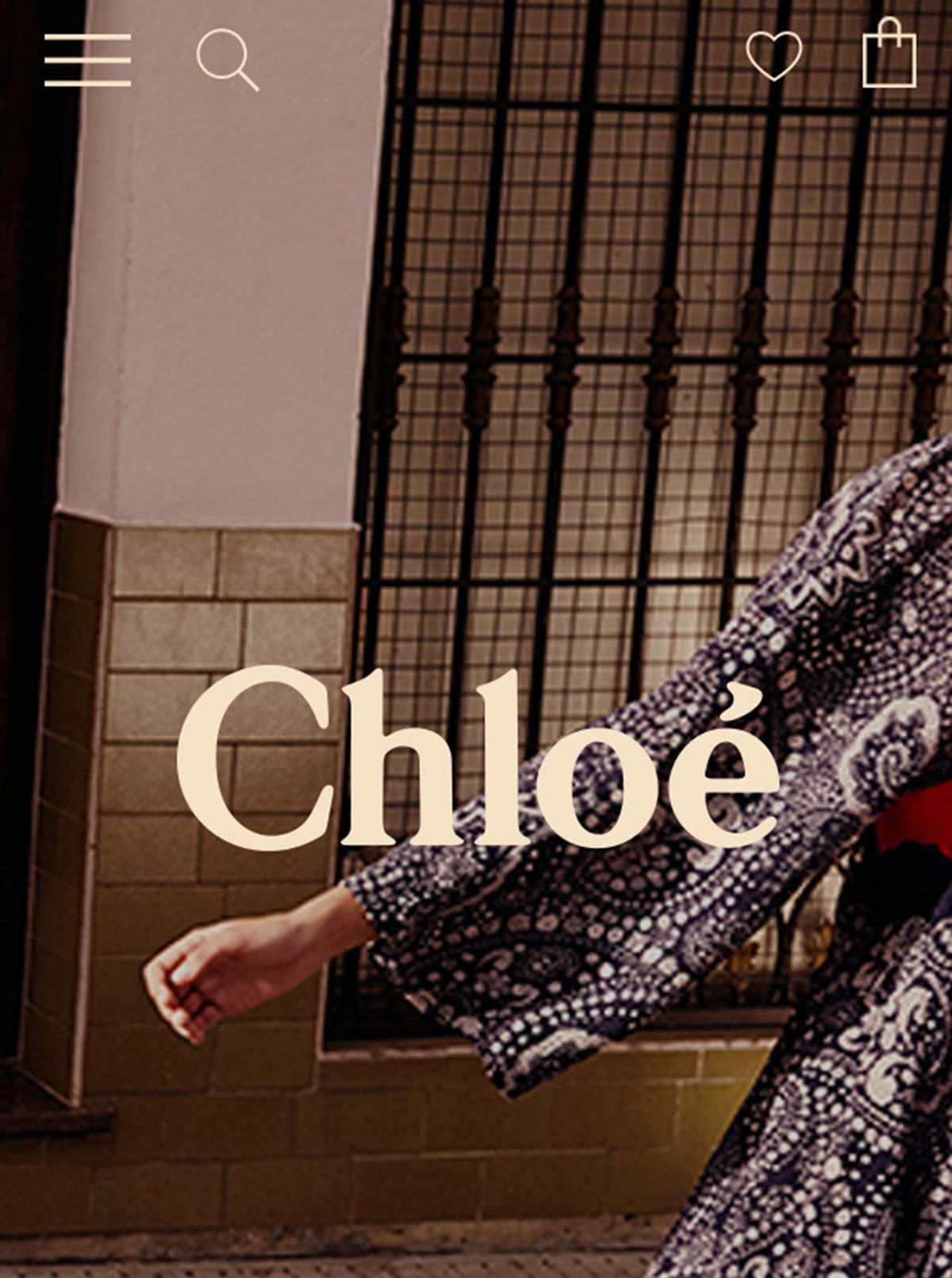
July 2016
The Maison launched e-commerce.
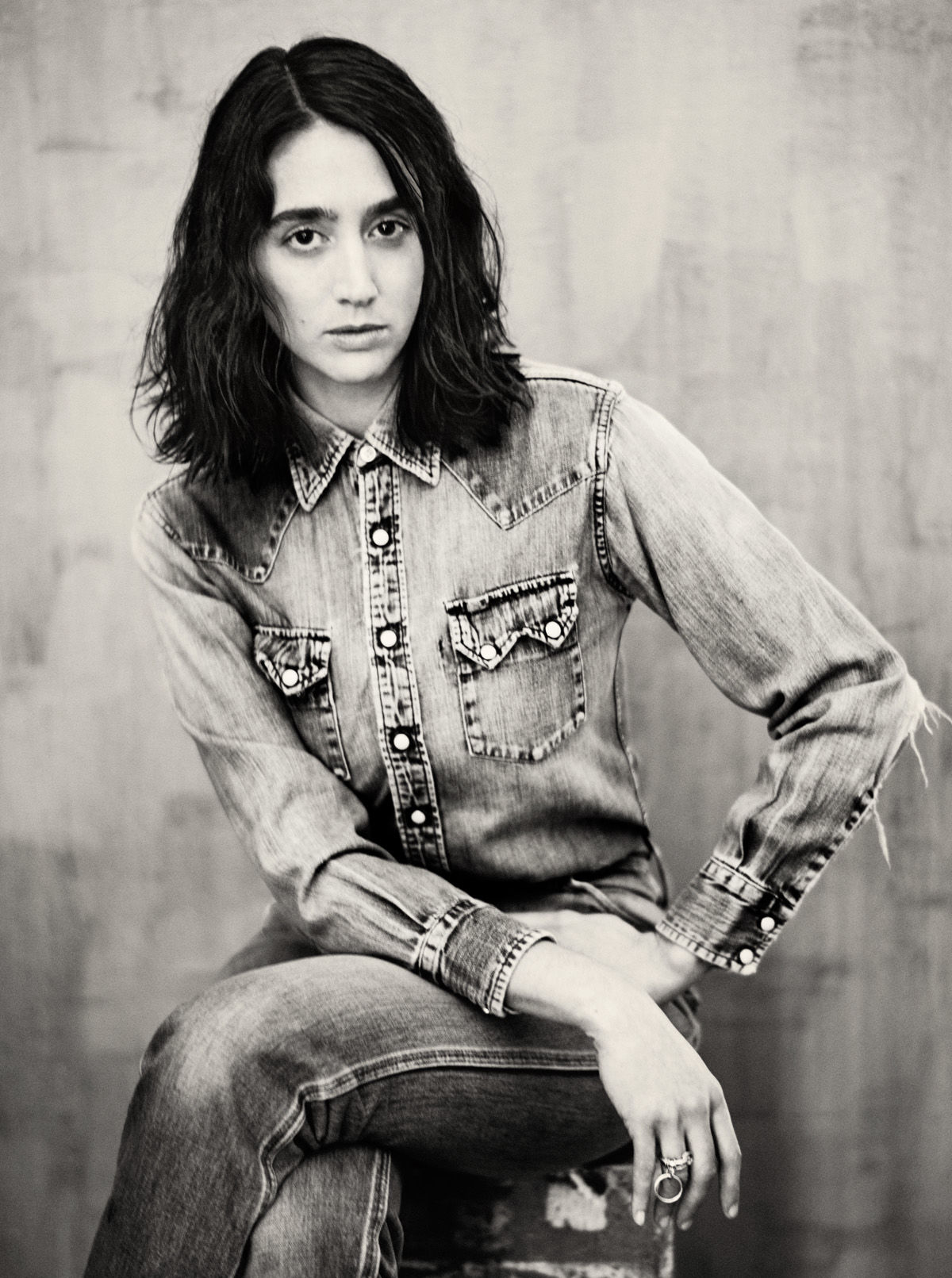
2017
Chloé announces the appointment of Natacha Ramsay-Levi as creative director for ready-to-wear, leather goods and accessories.
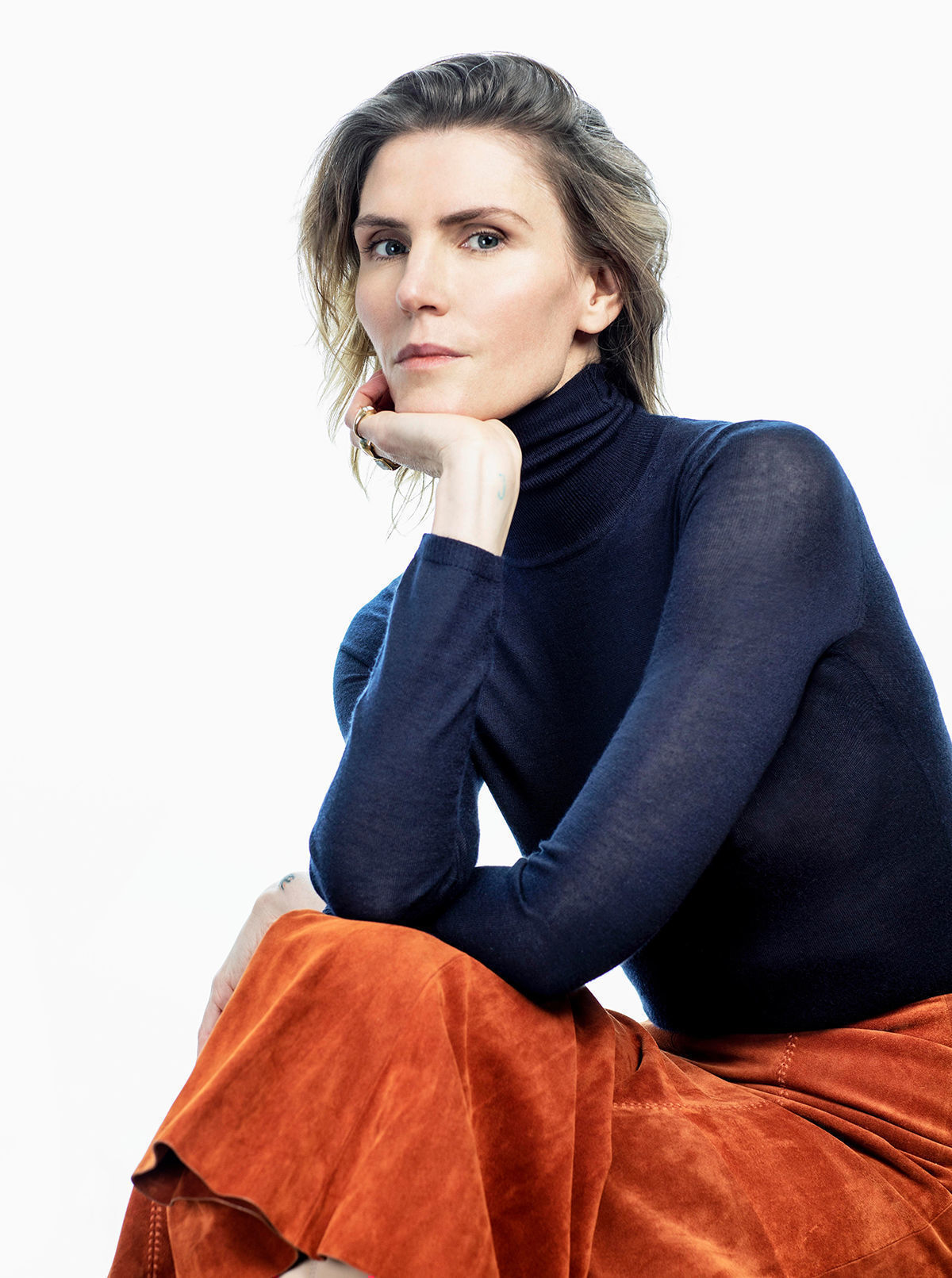
2020
Chloé announces the appointment of Gabriela Hearst as creative director for ready-to-wear, leather goods and accessories.
2020s
Parisian Natacha Ramsay-Levi creatively steered Chloé throughout the latter half of the 2010s into the next decade. During her tenure, she put Chloé founder Gaby Aghion’s sense of mission and intelligence front and centre. Natacha was succeeded by Gabriela Hearst in 2020. During her three years at the creative helm of the Maison, Gabriela played an instrumental role in driving Chloé’s ongoing transformation into a mission-driven company.
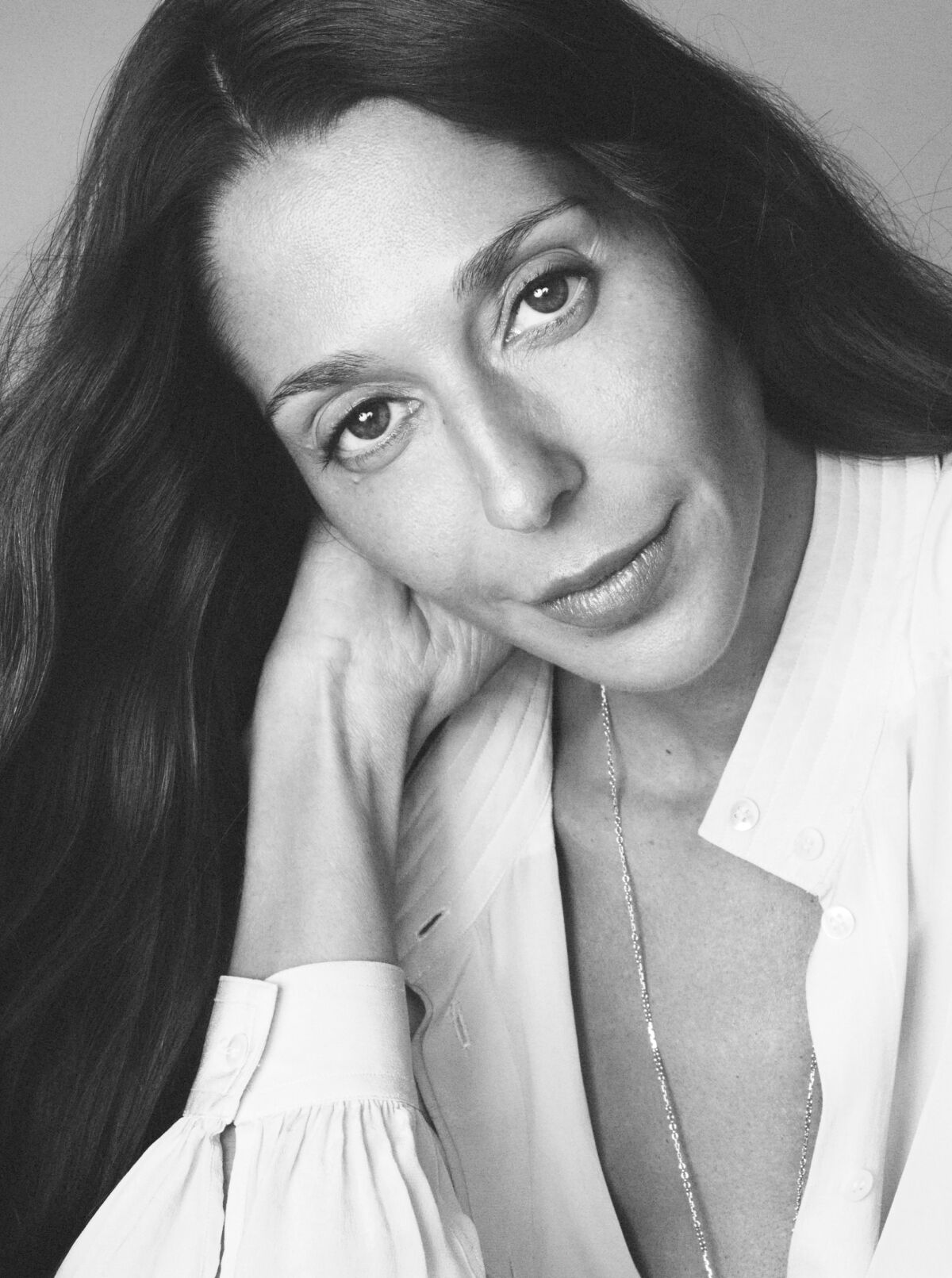
2023
Chloé announces the appointment of Chemena Kamali as Creative Director of the Maison.
